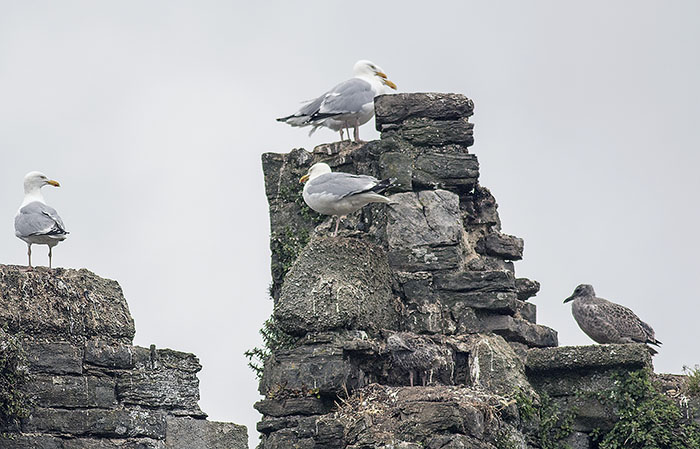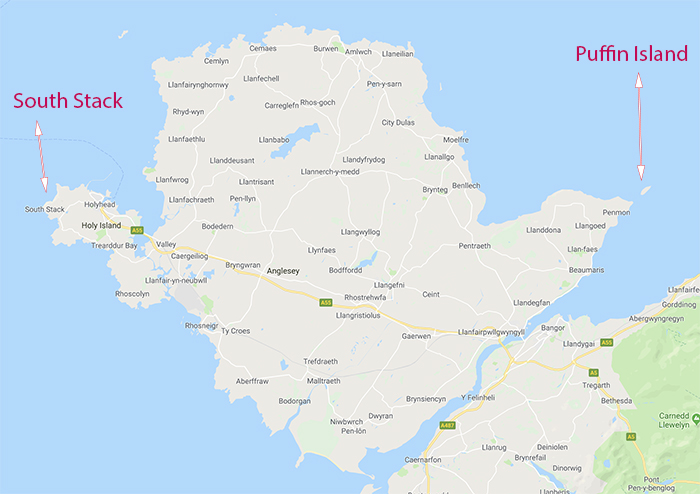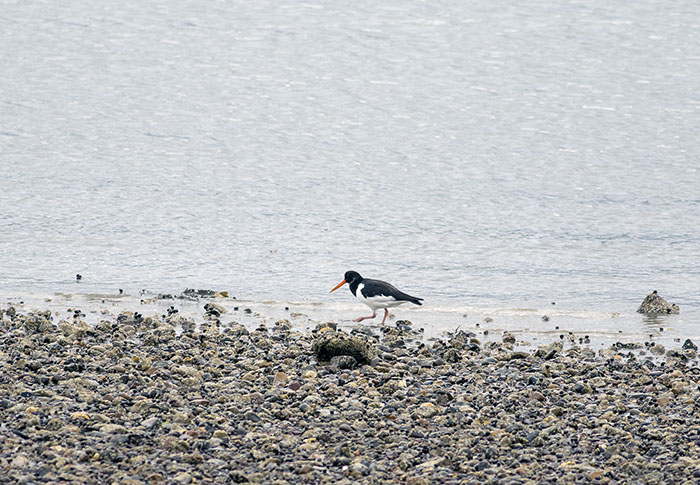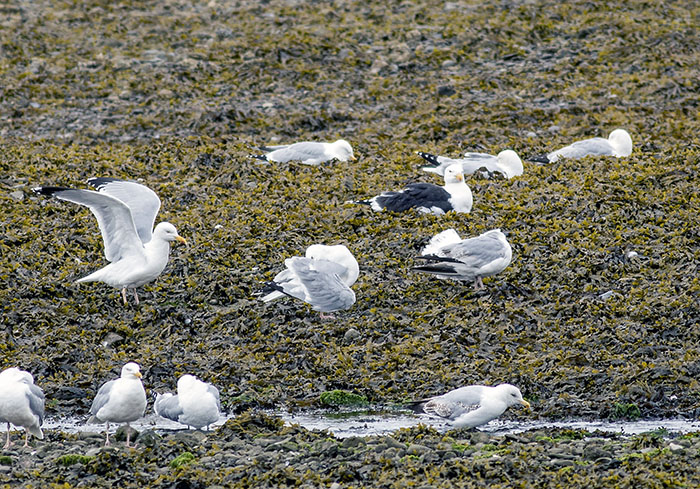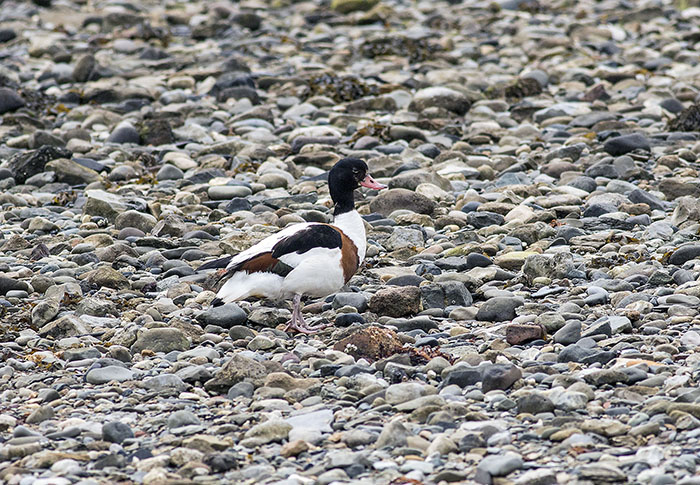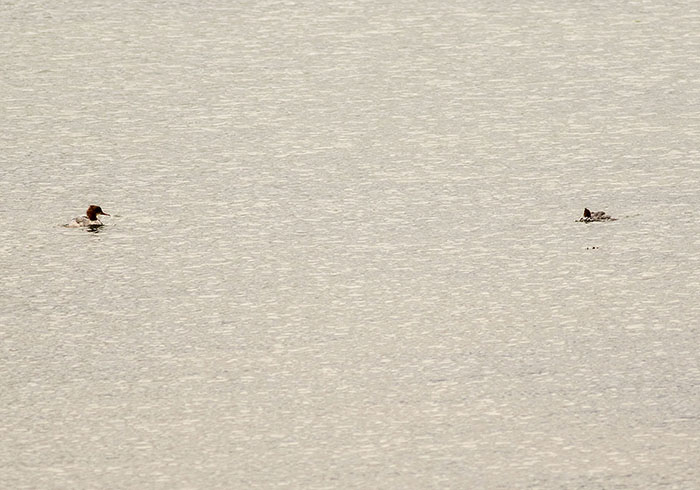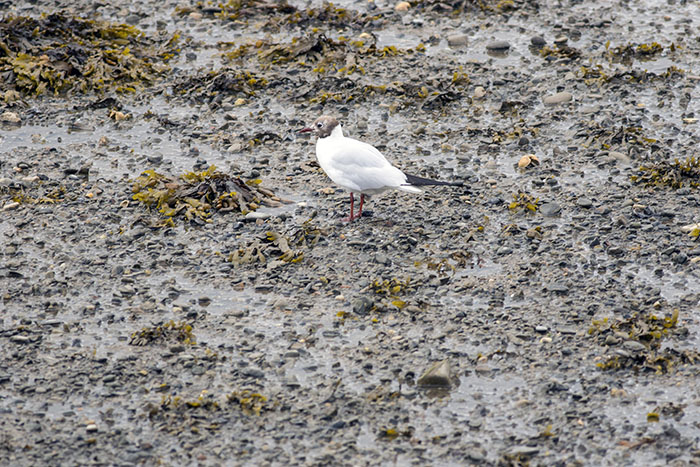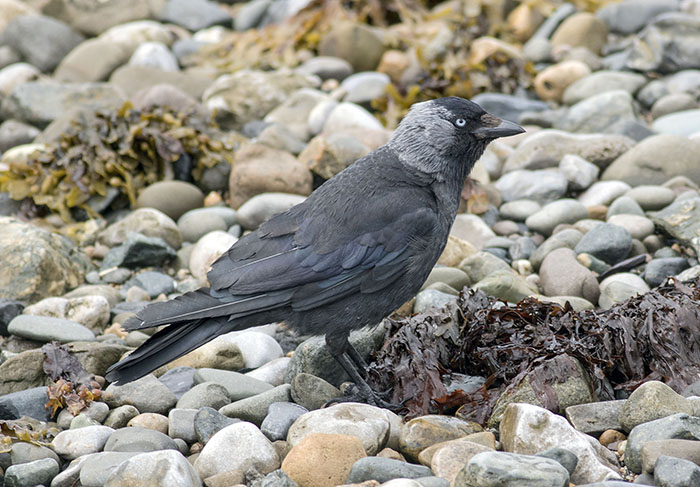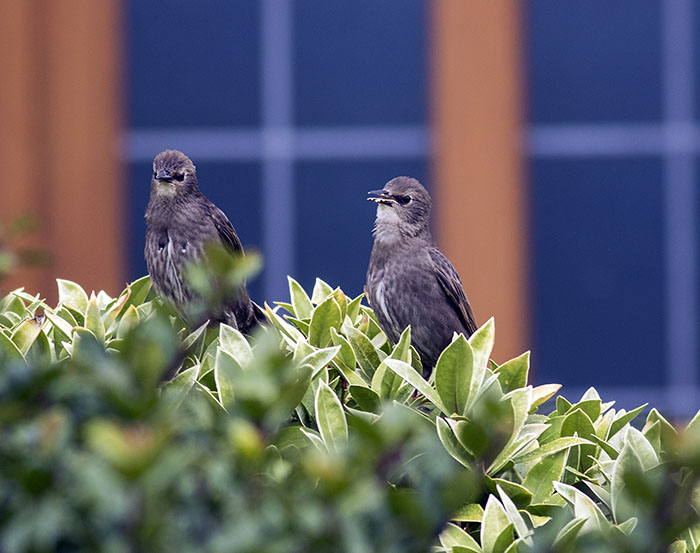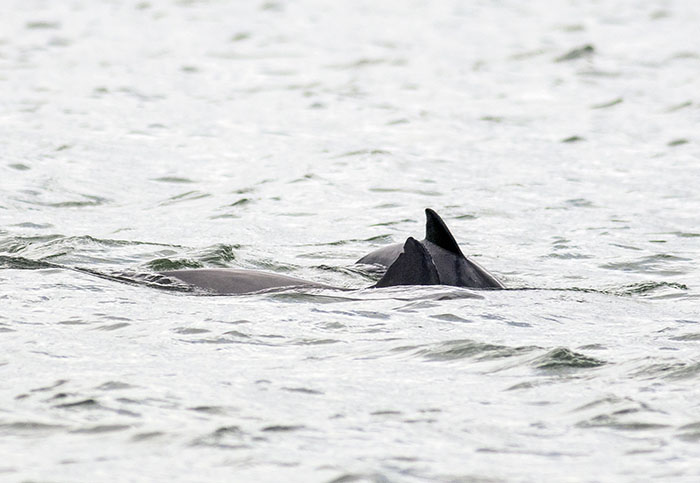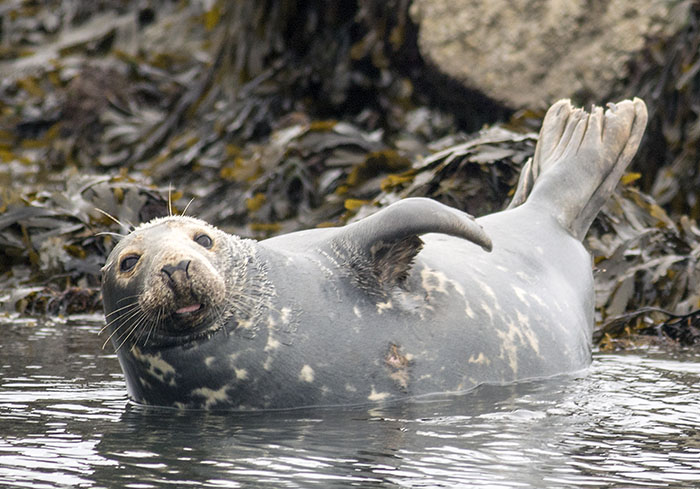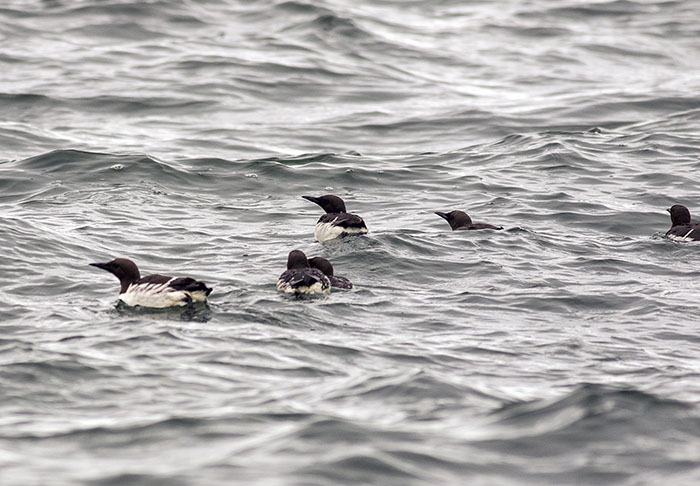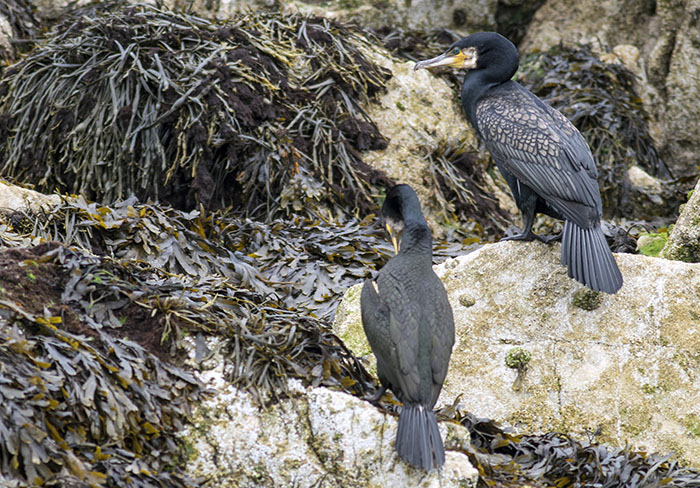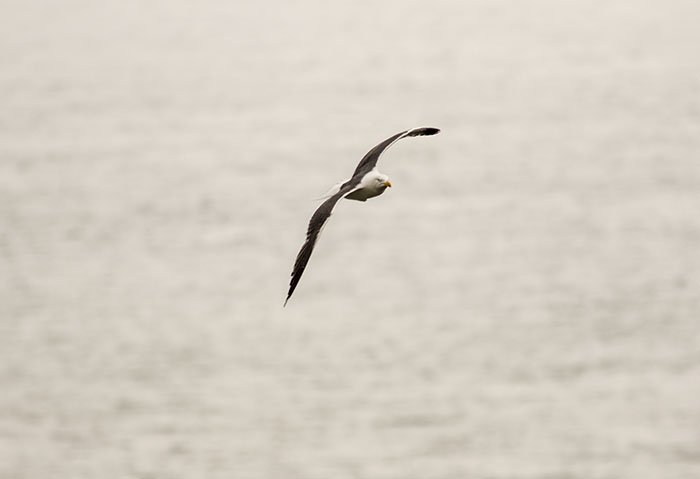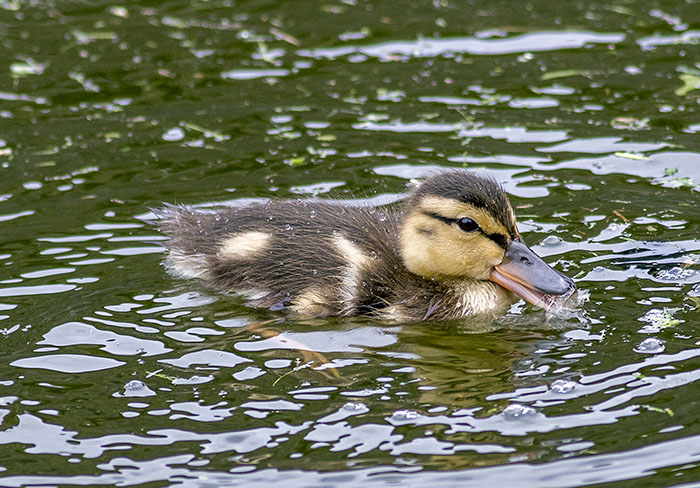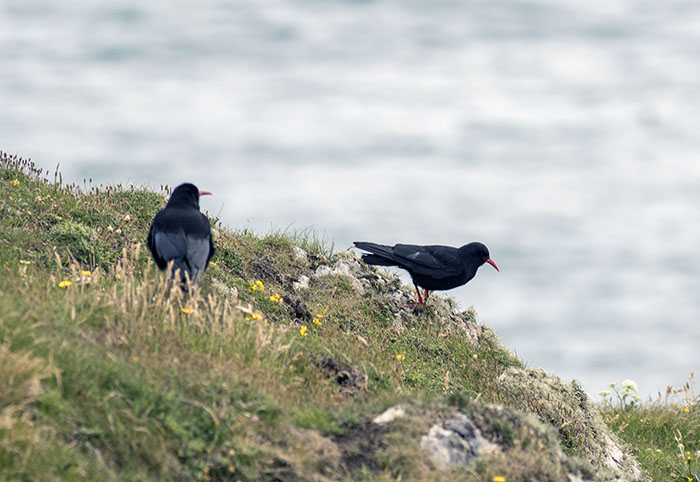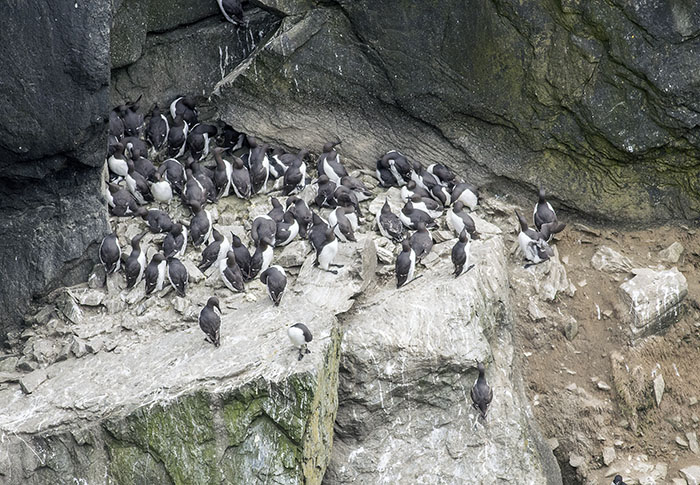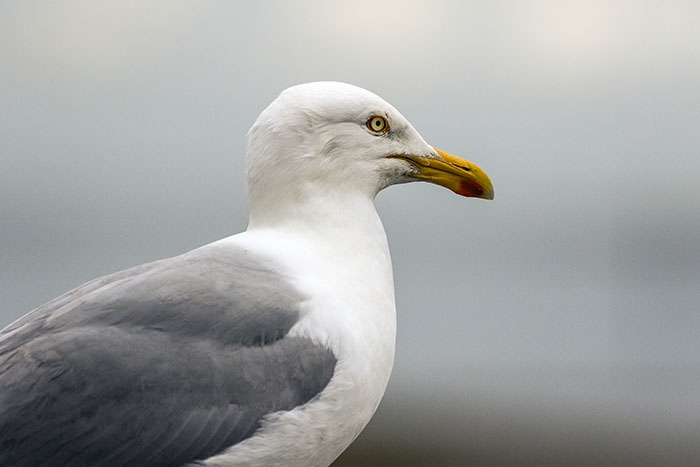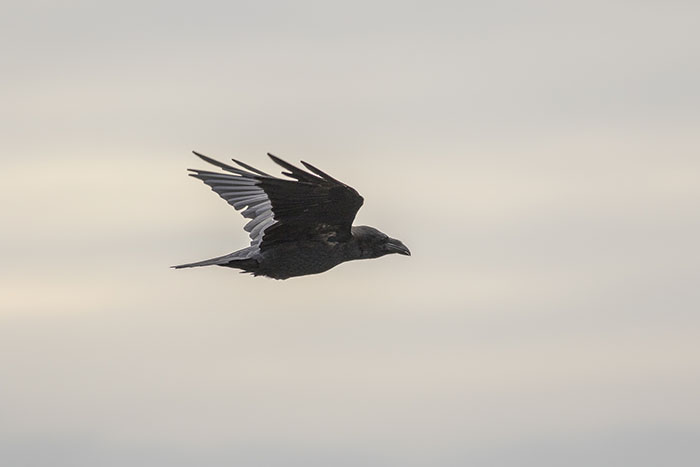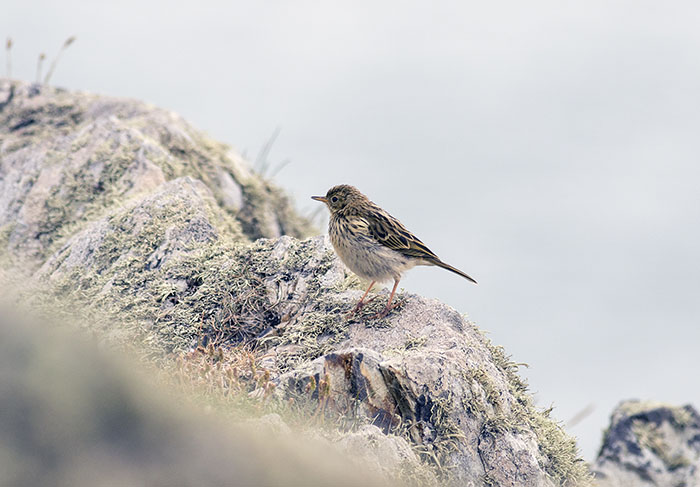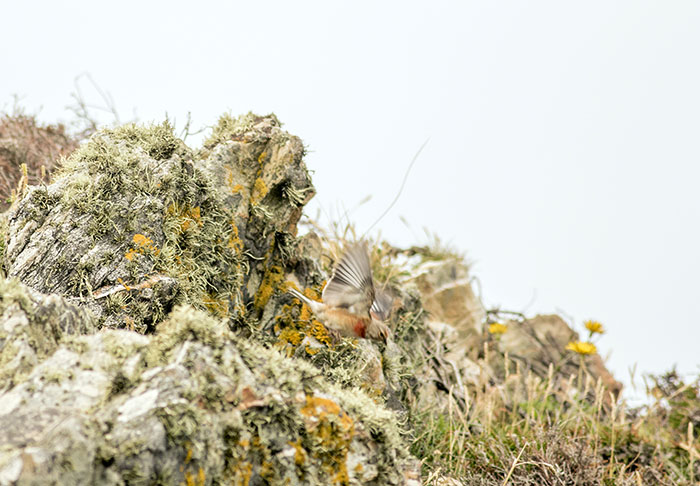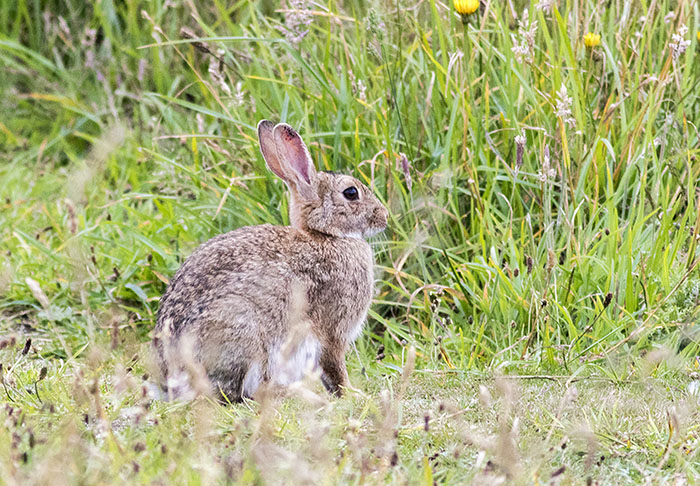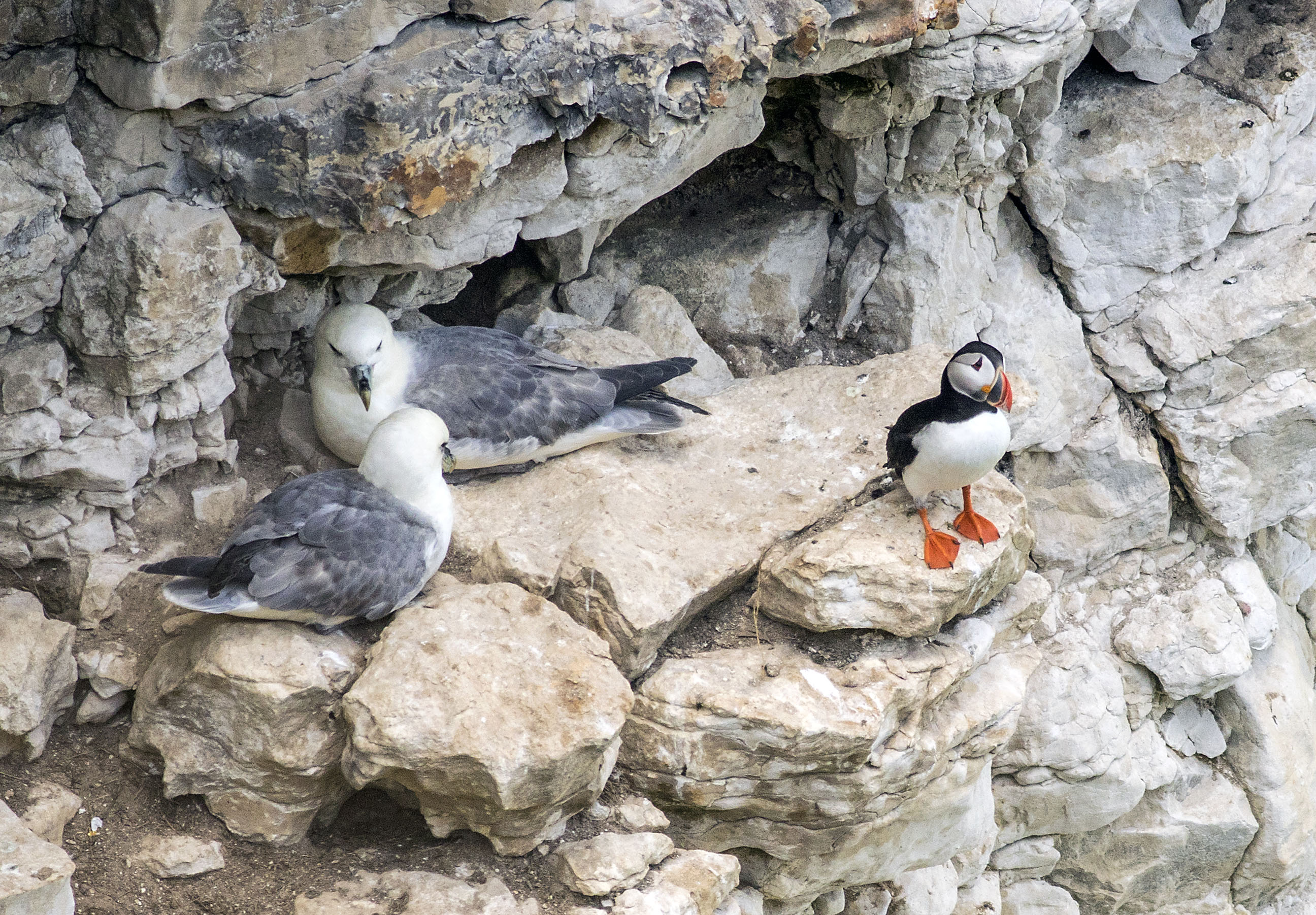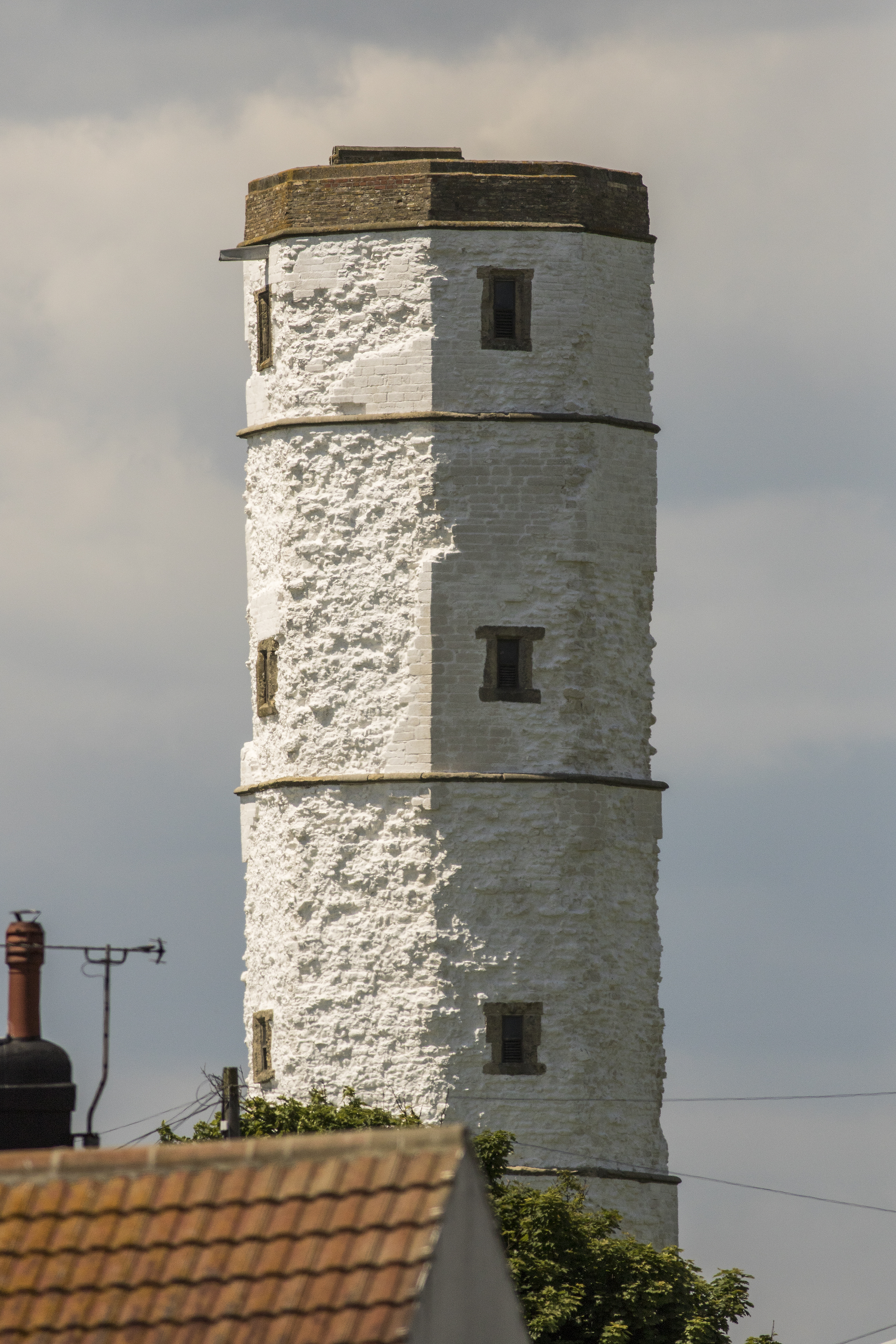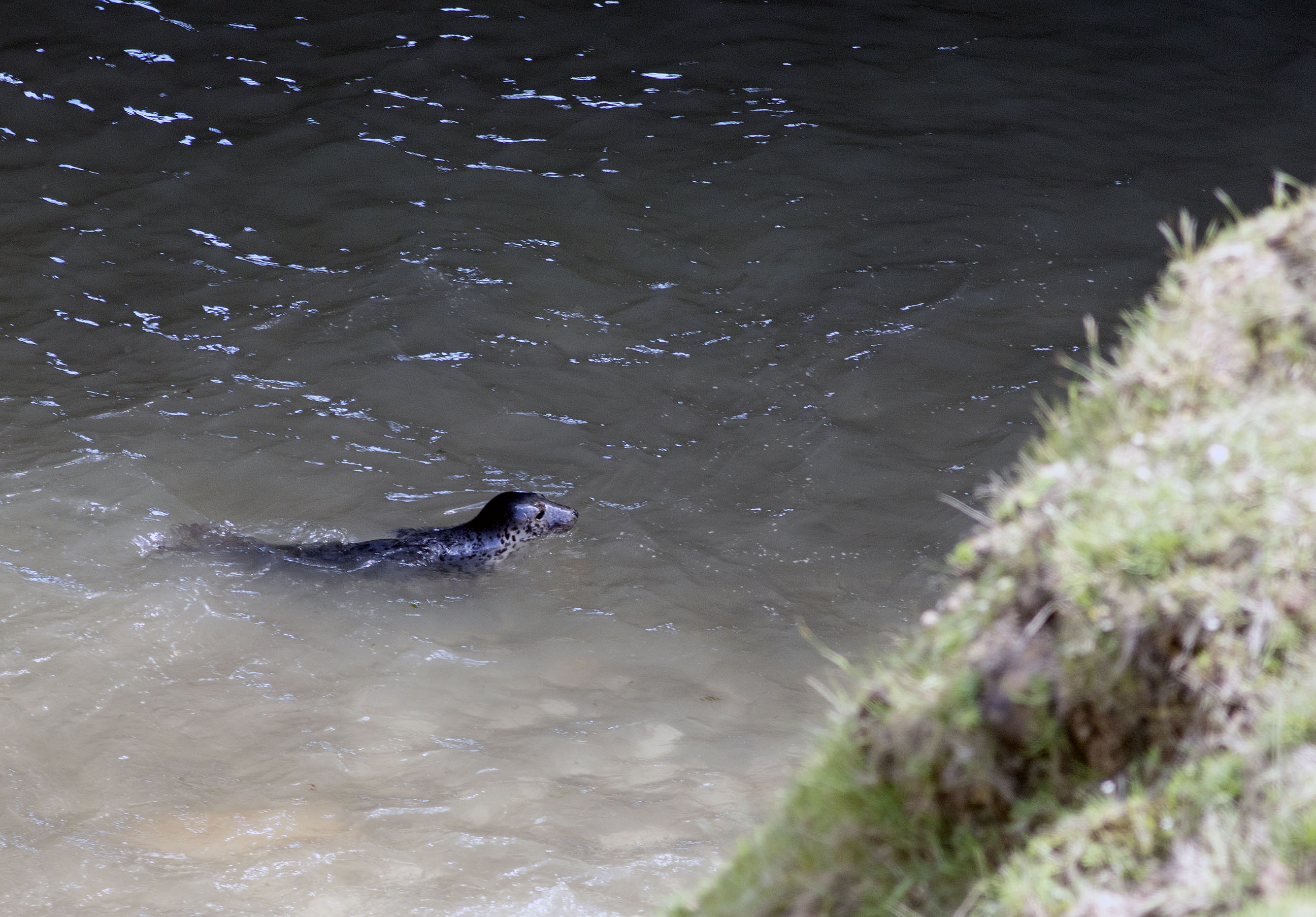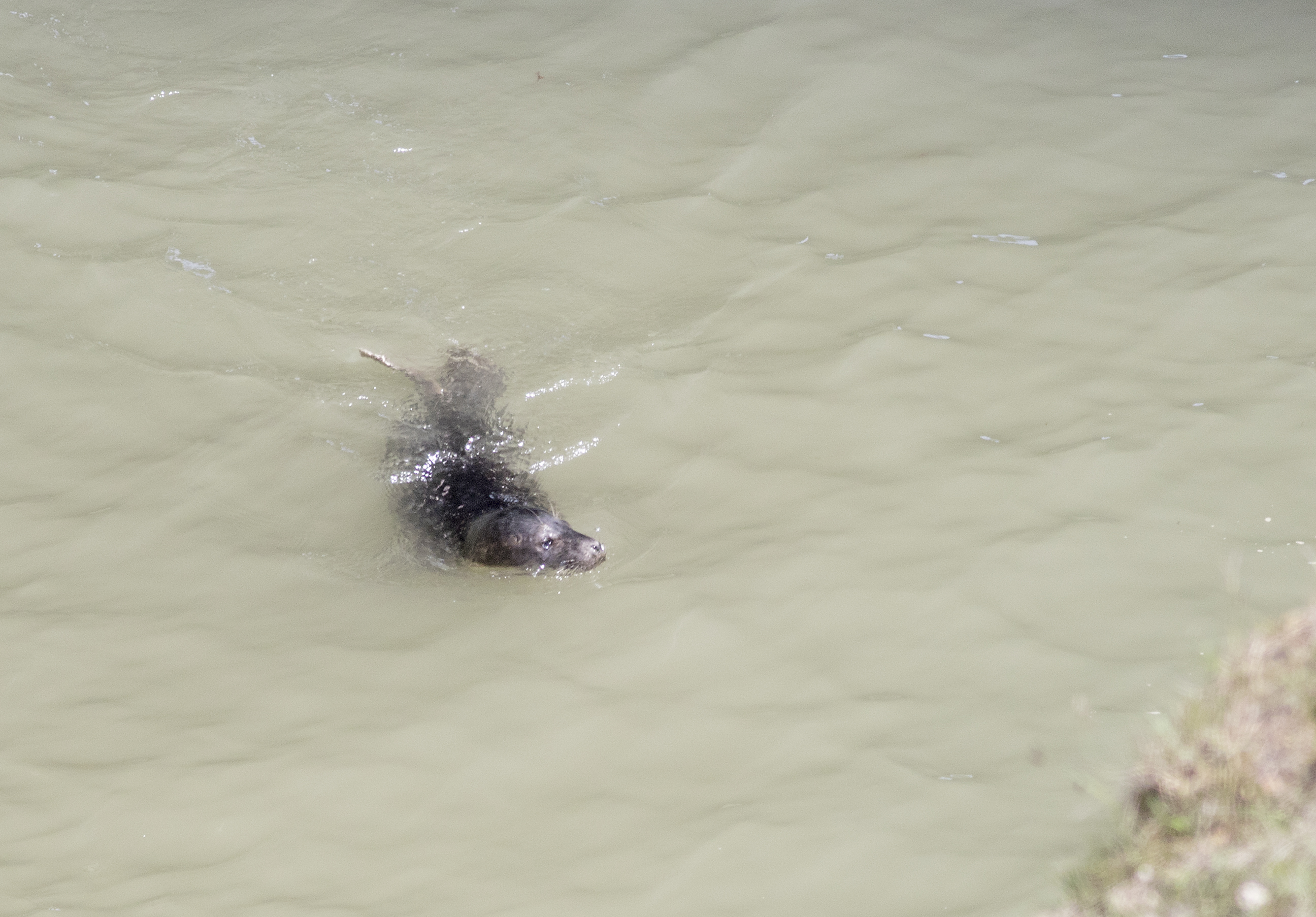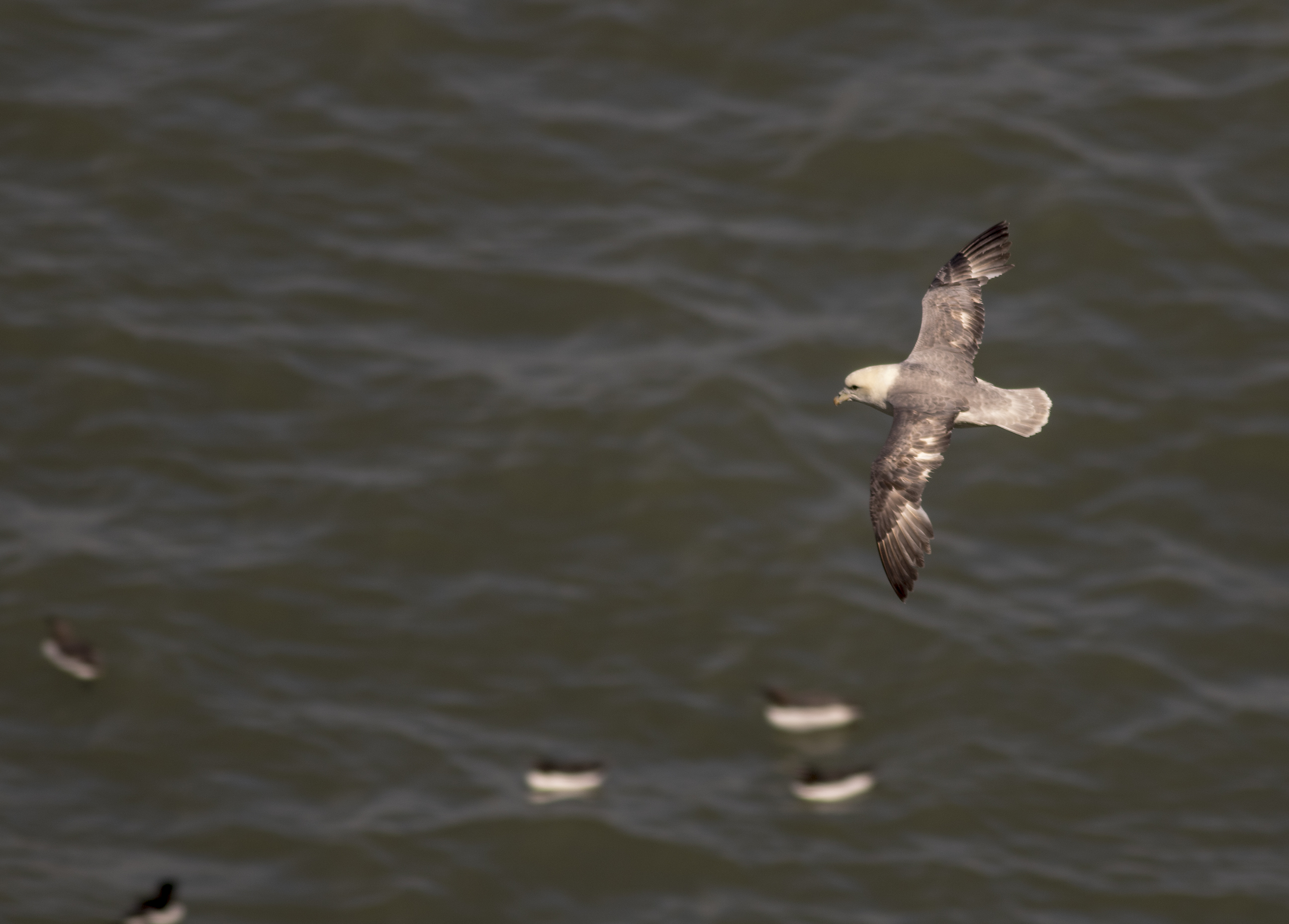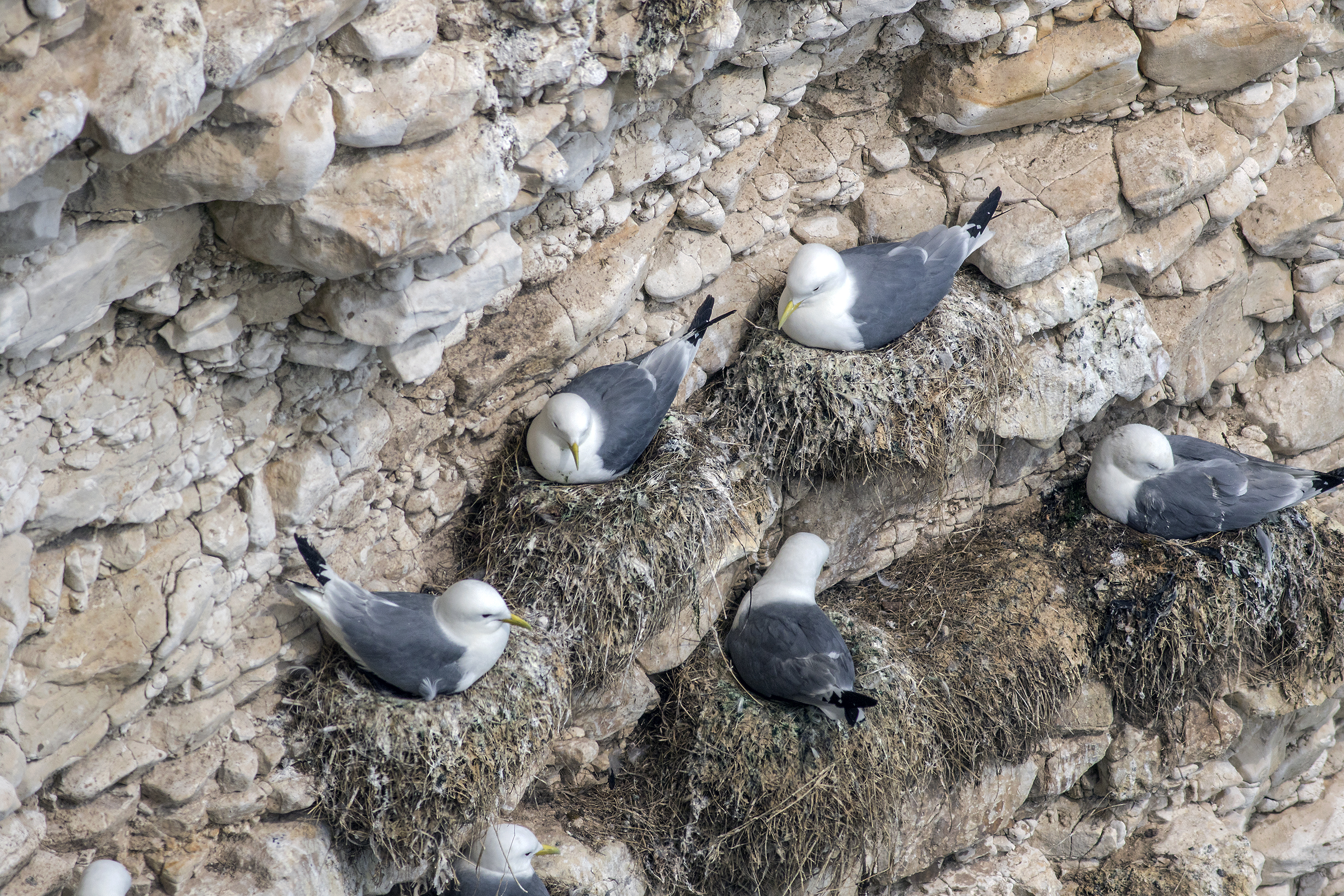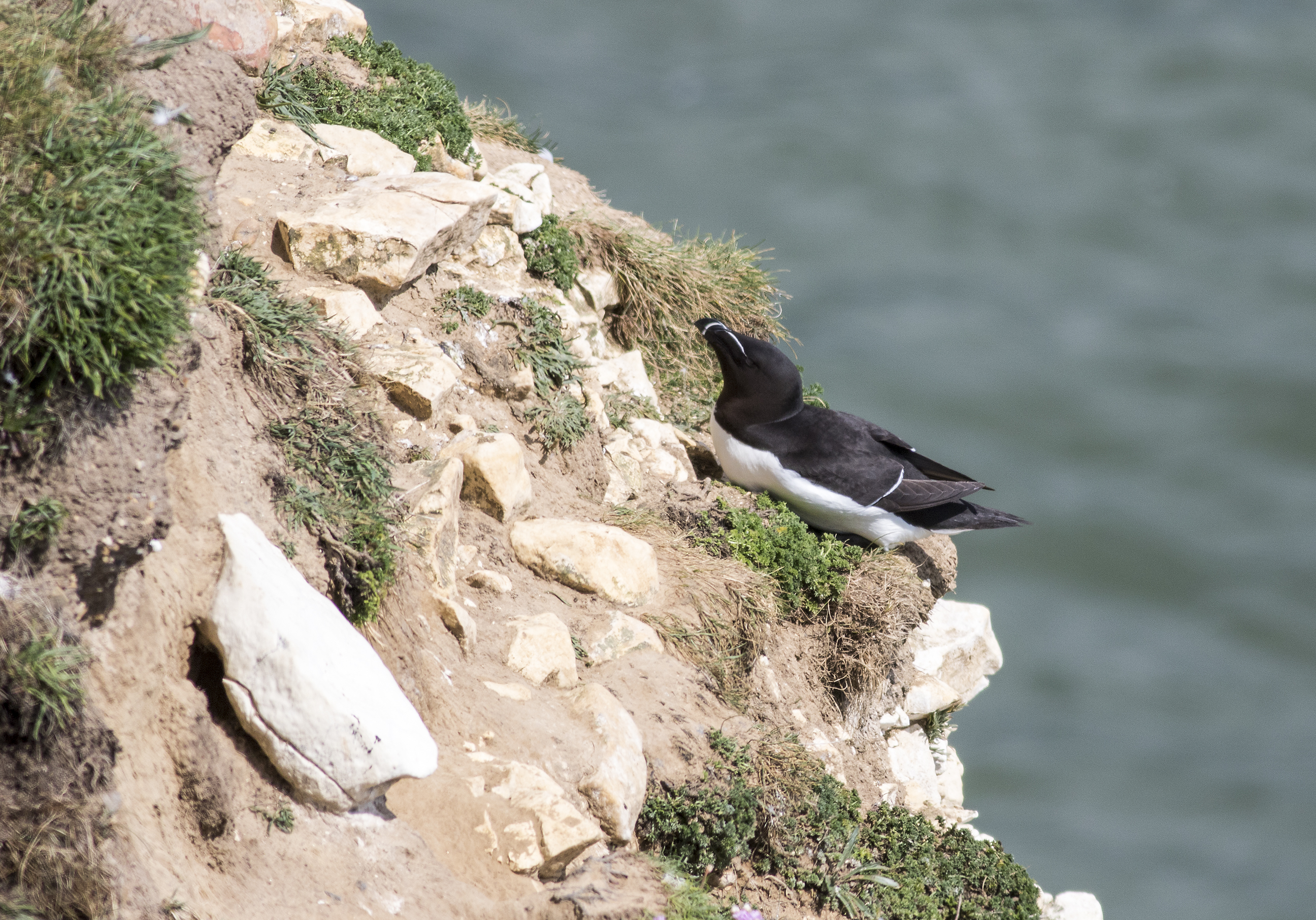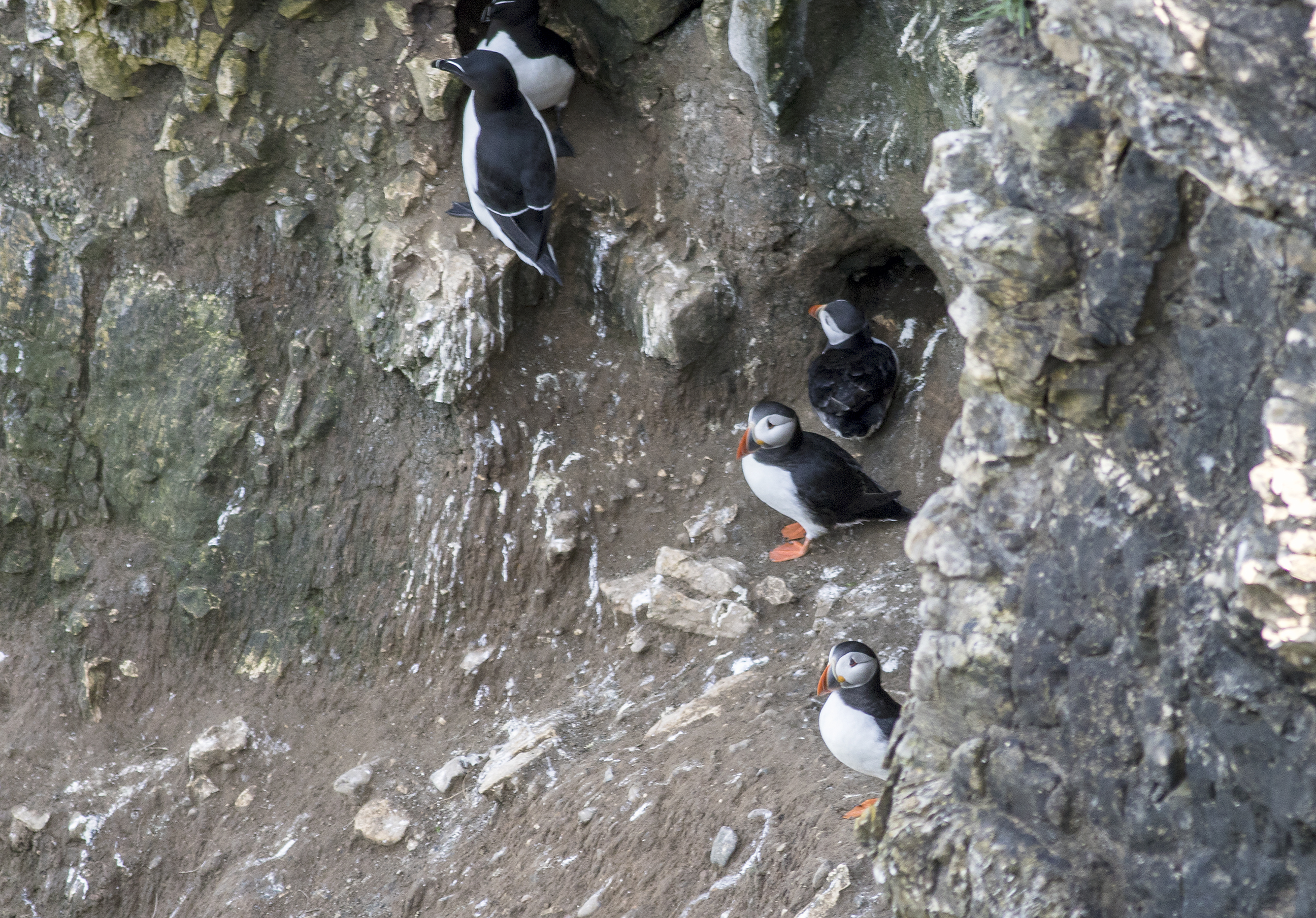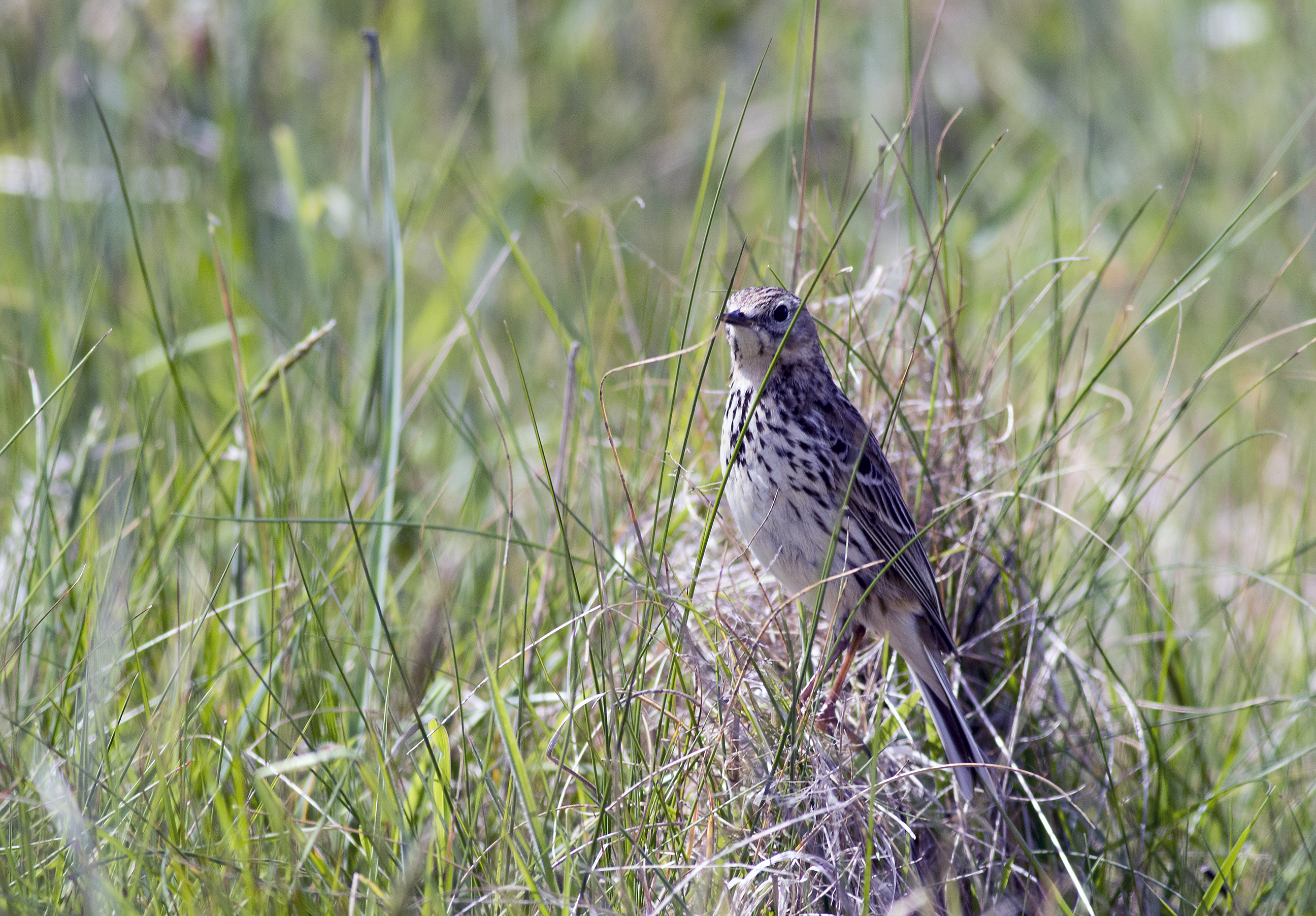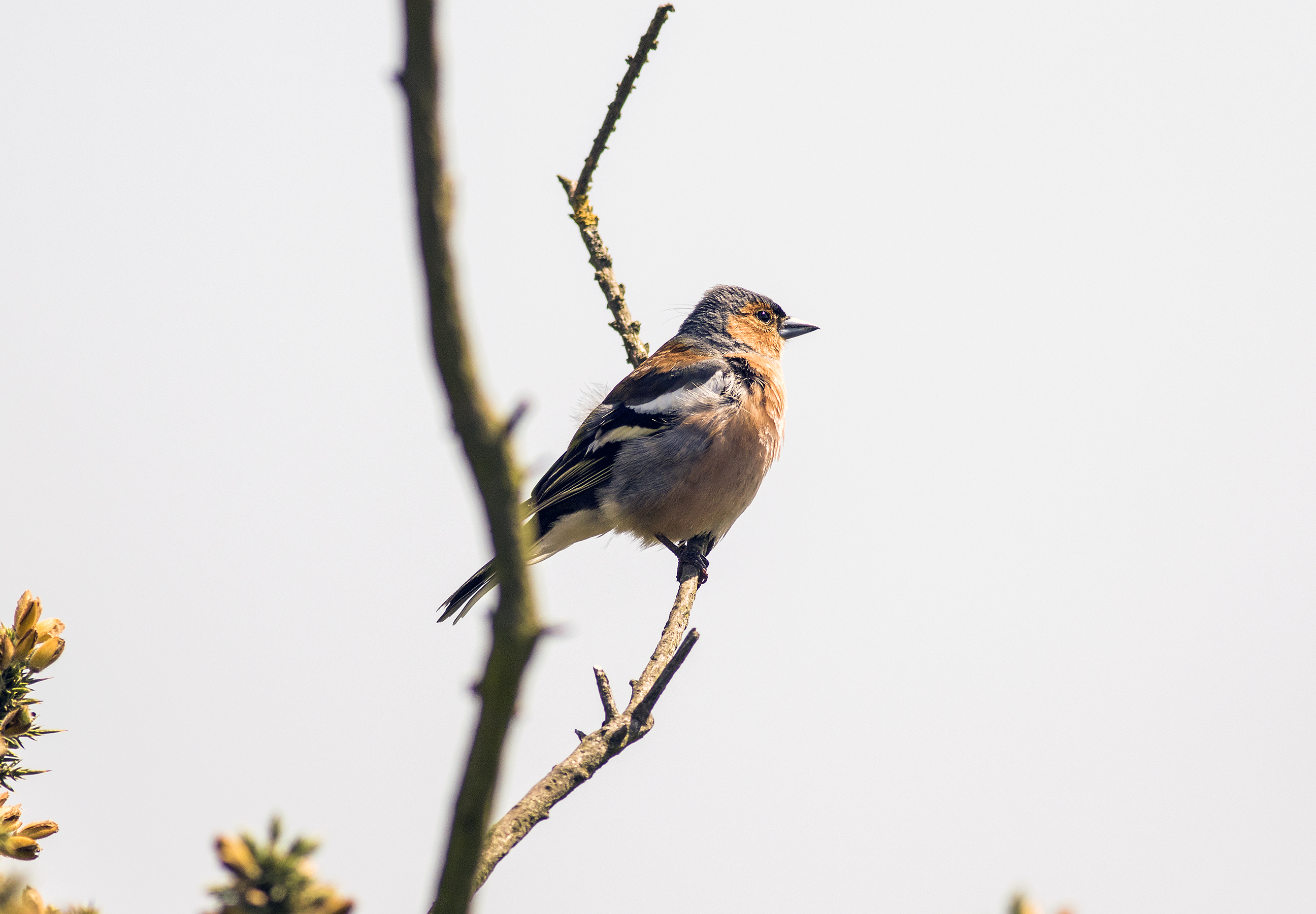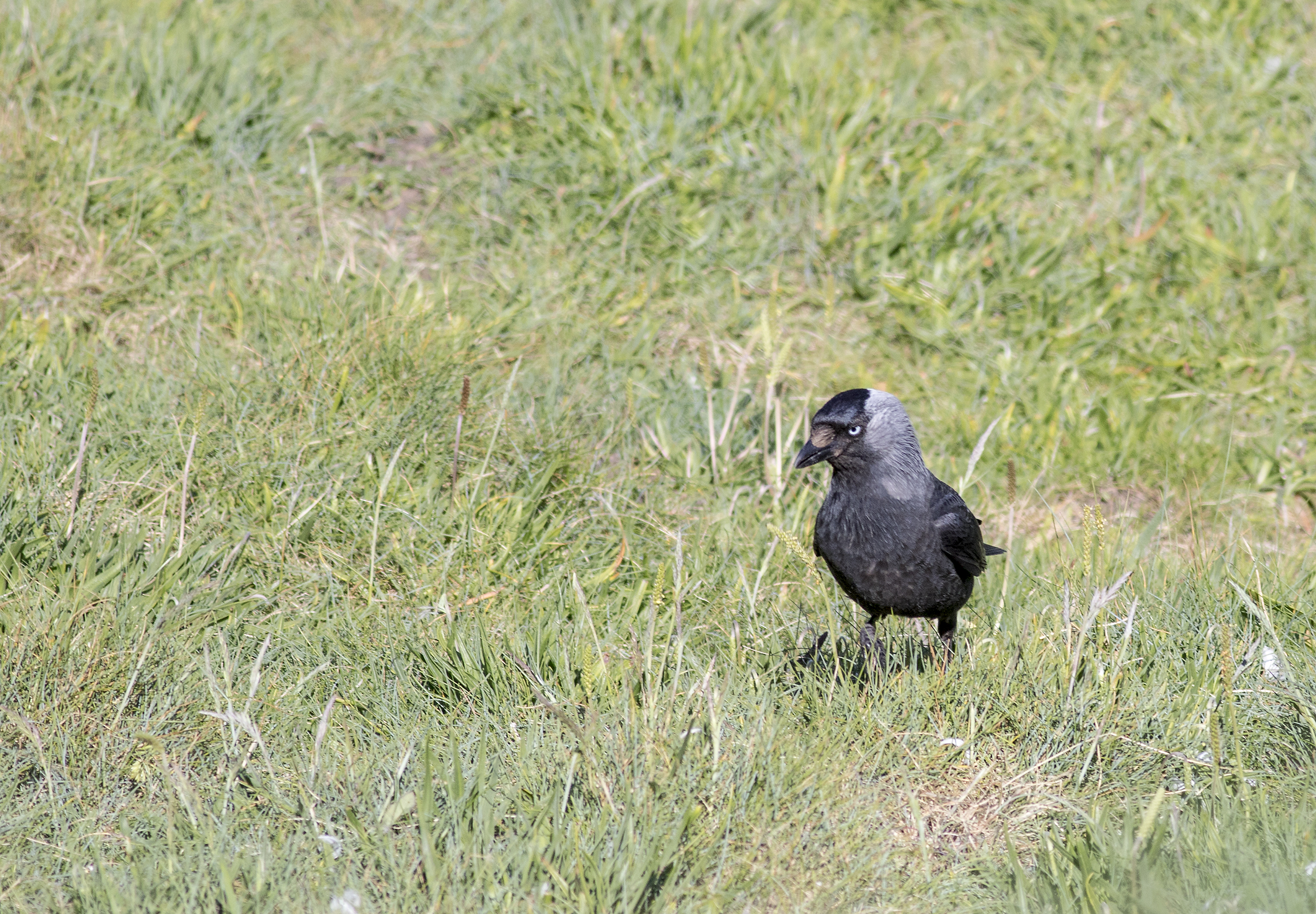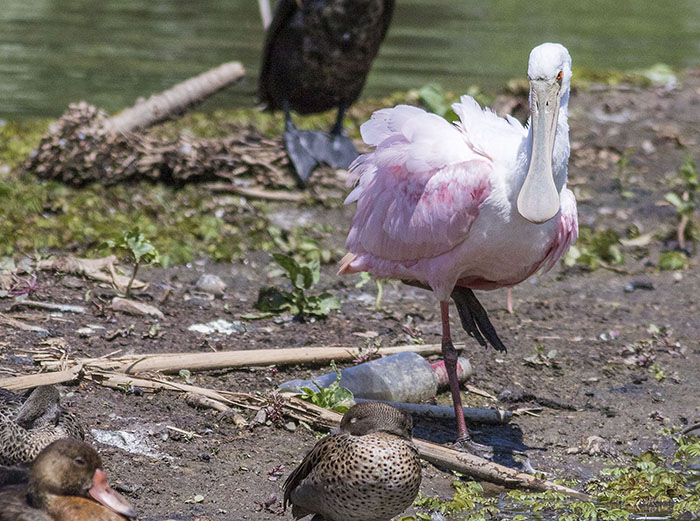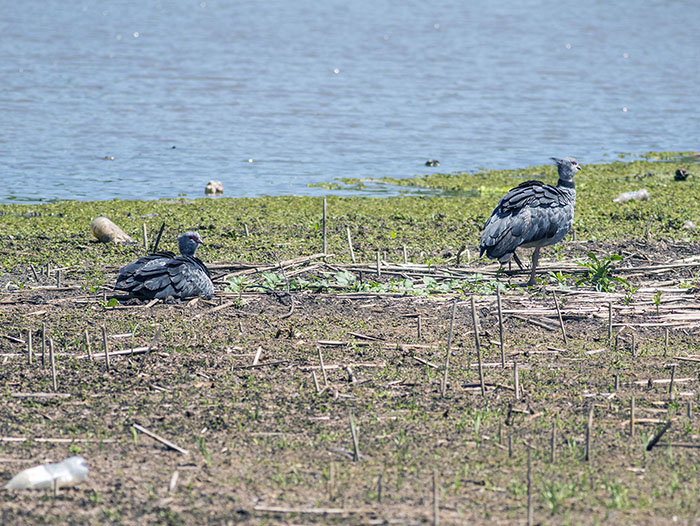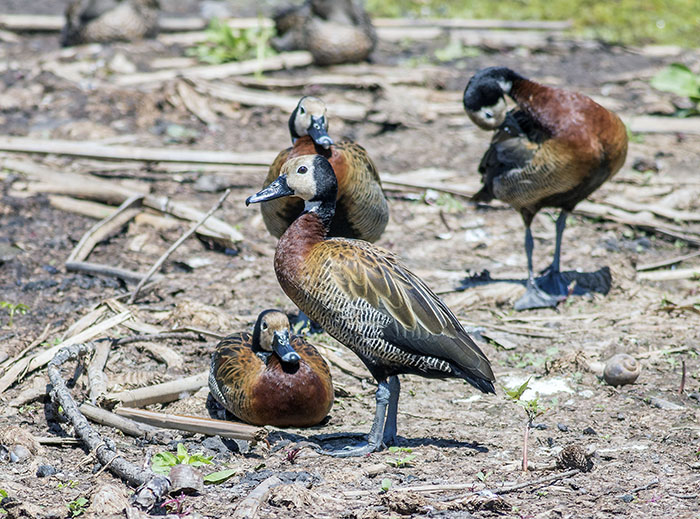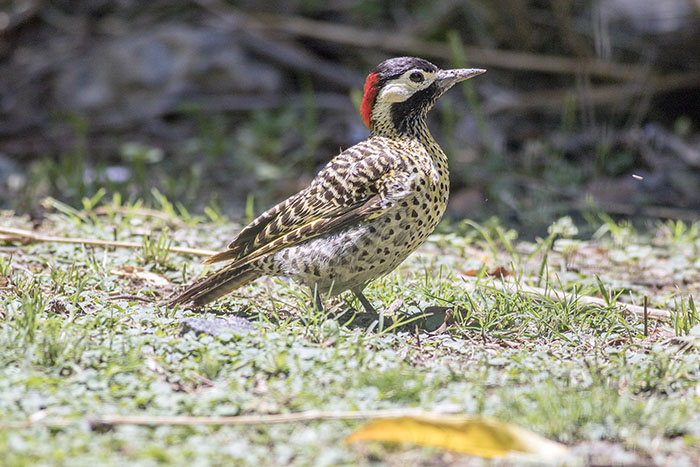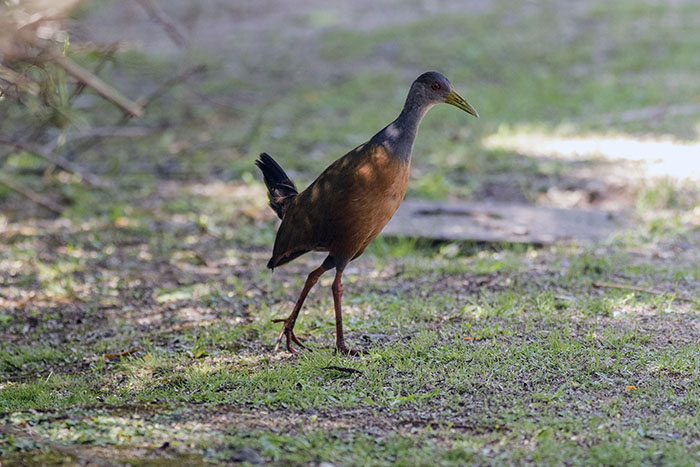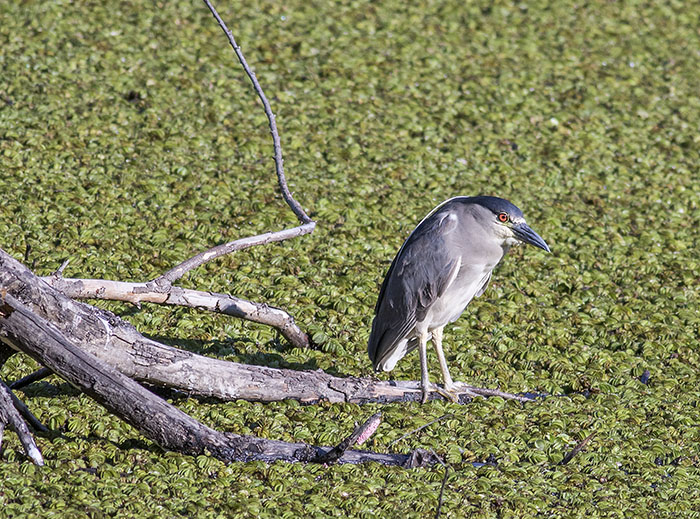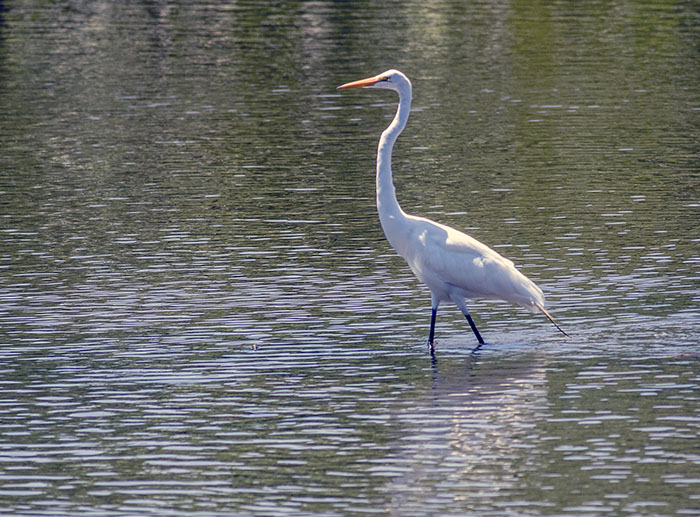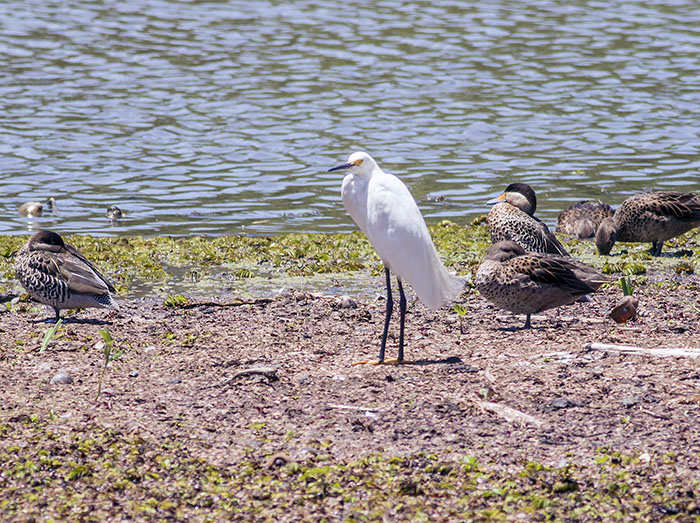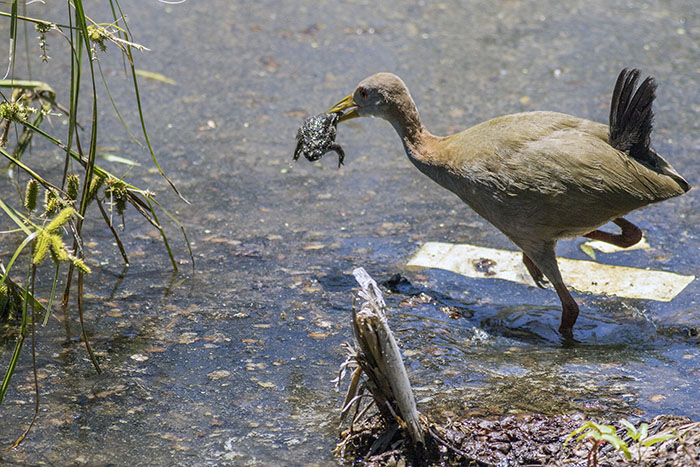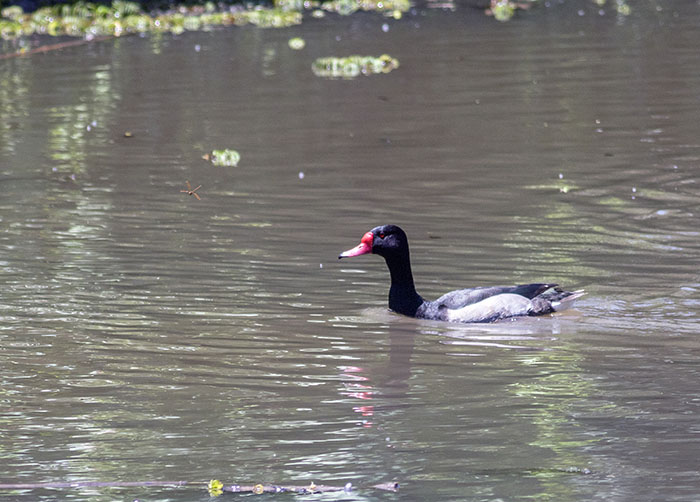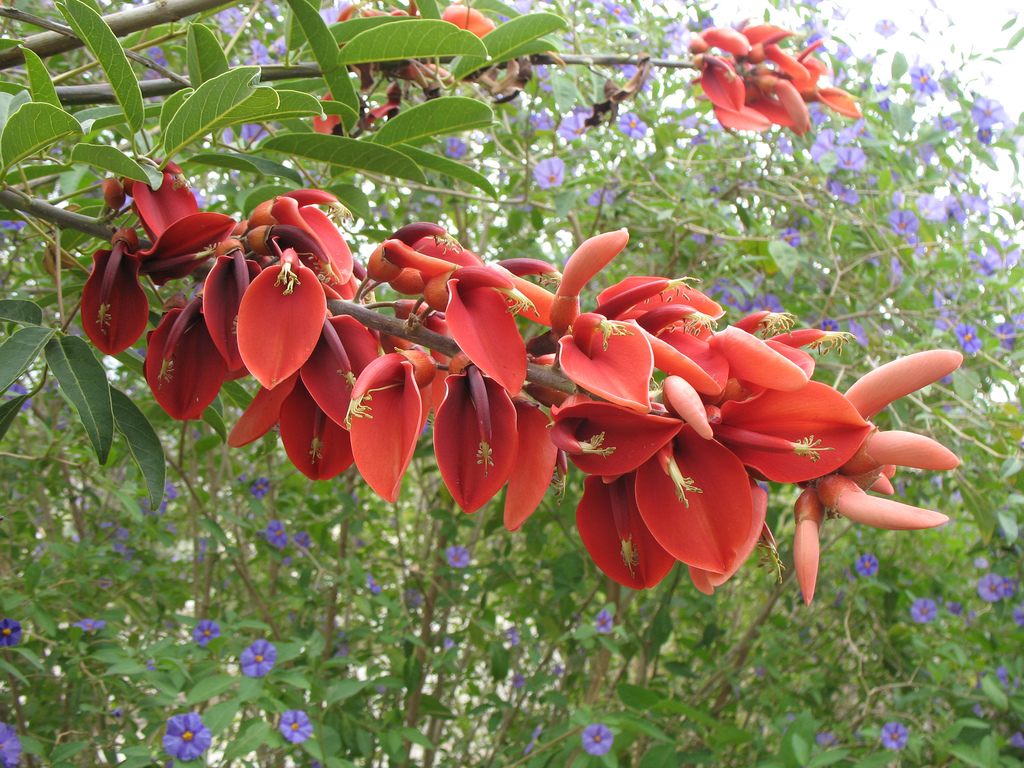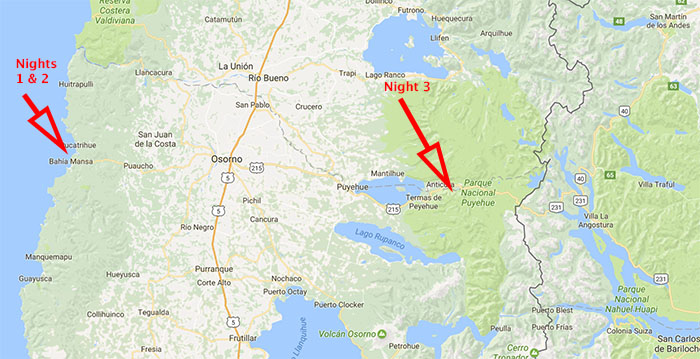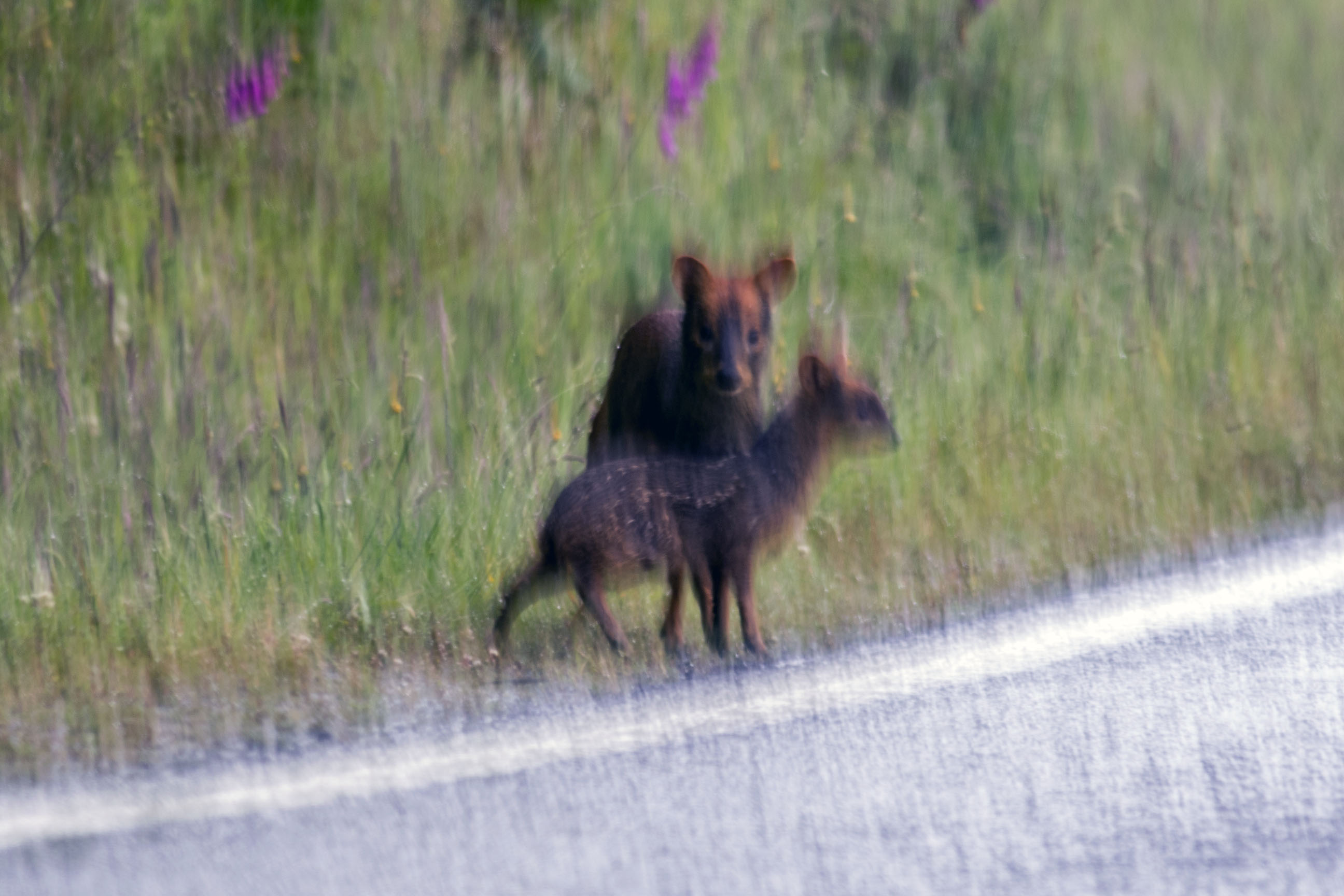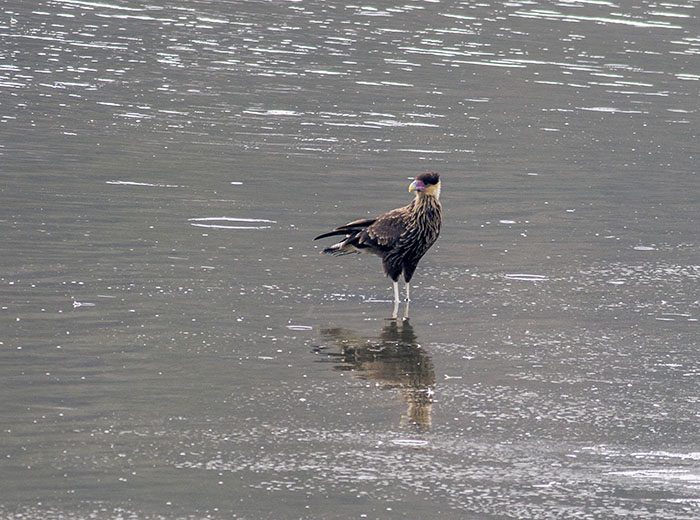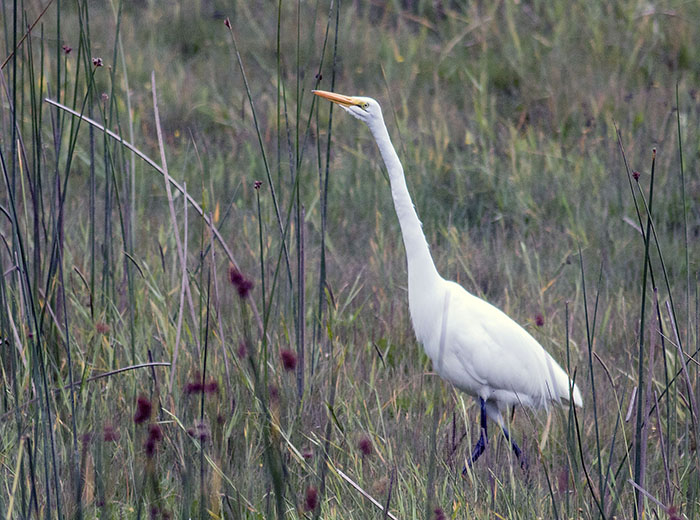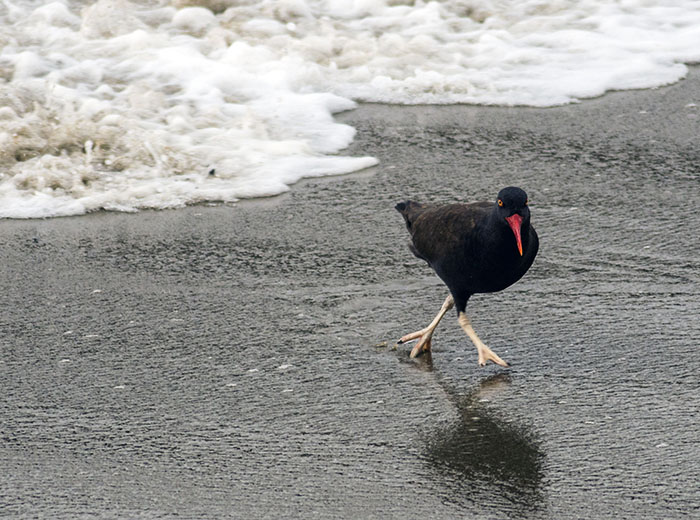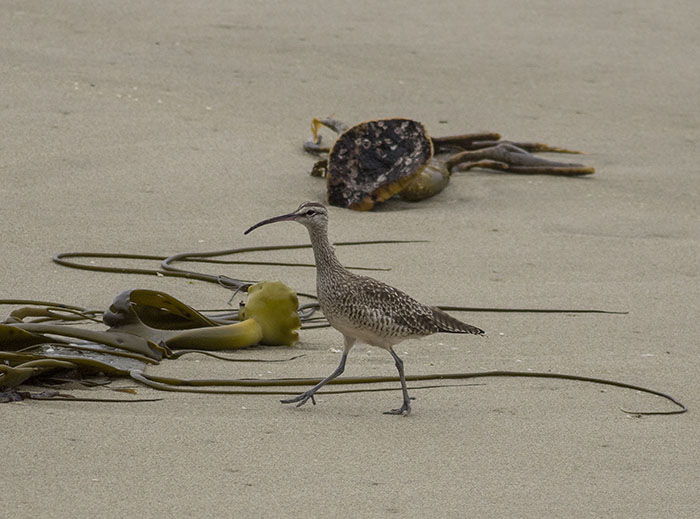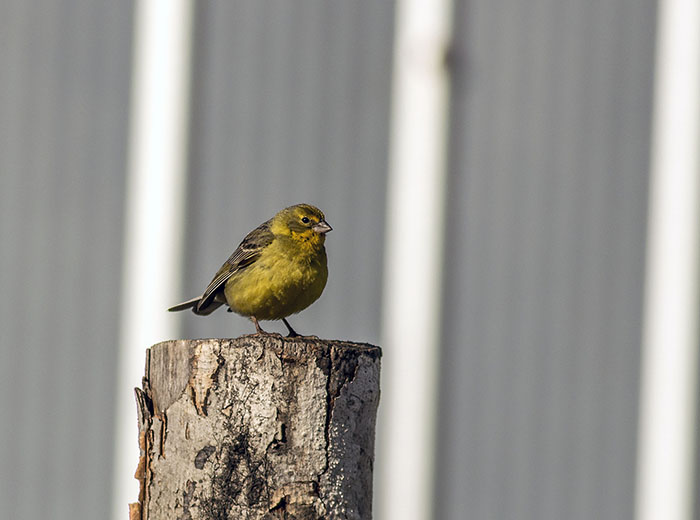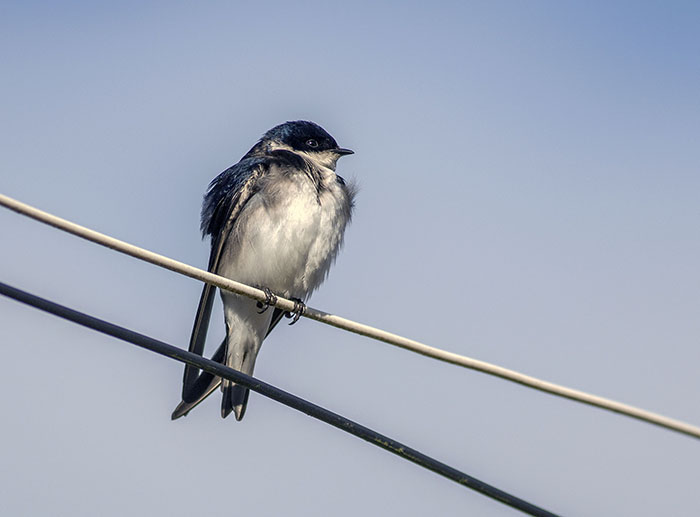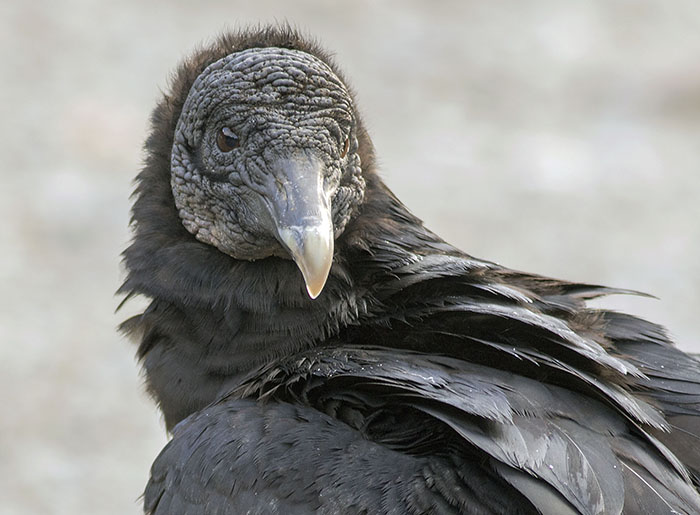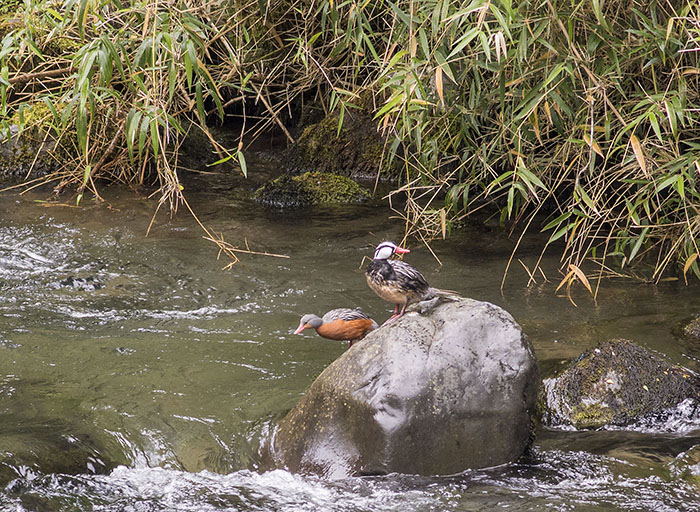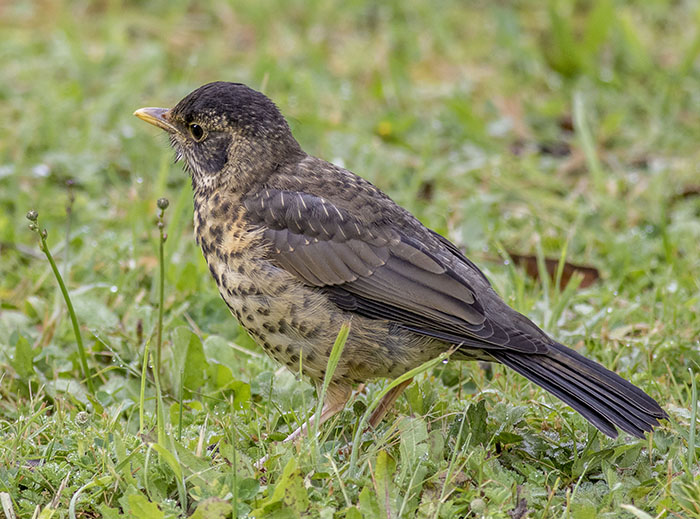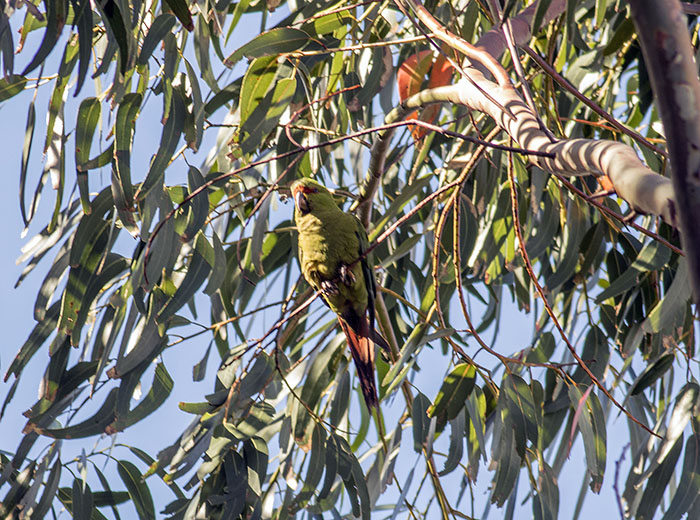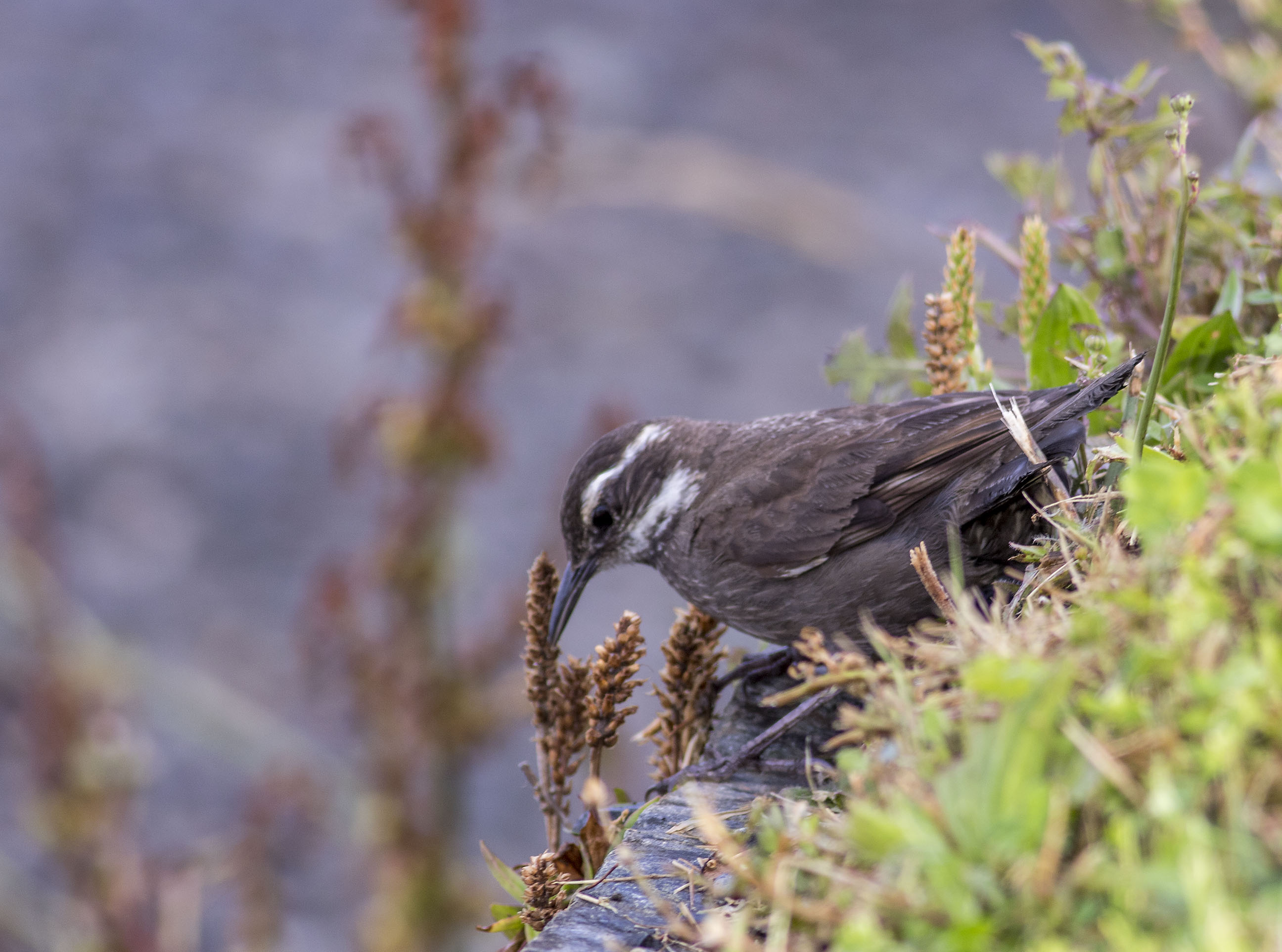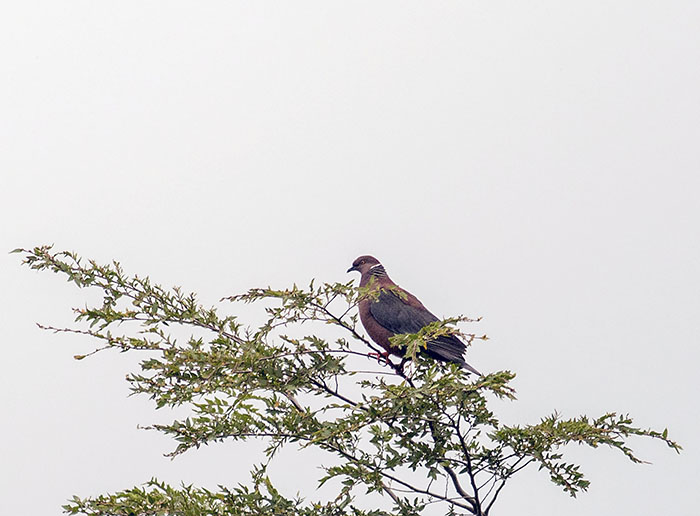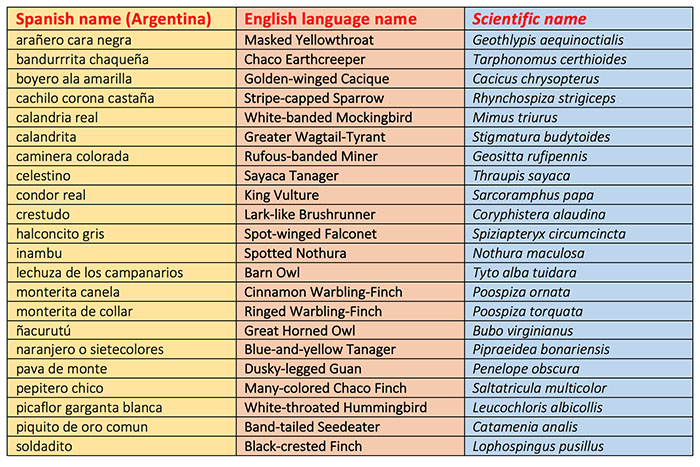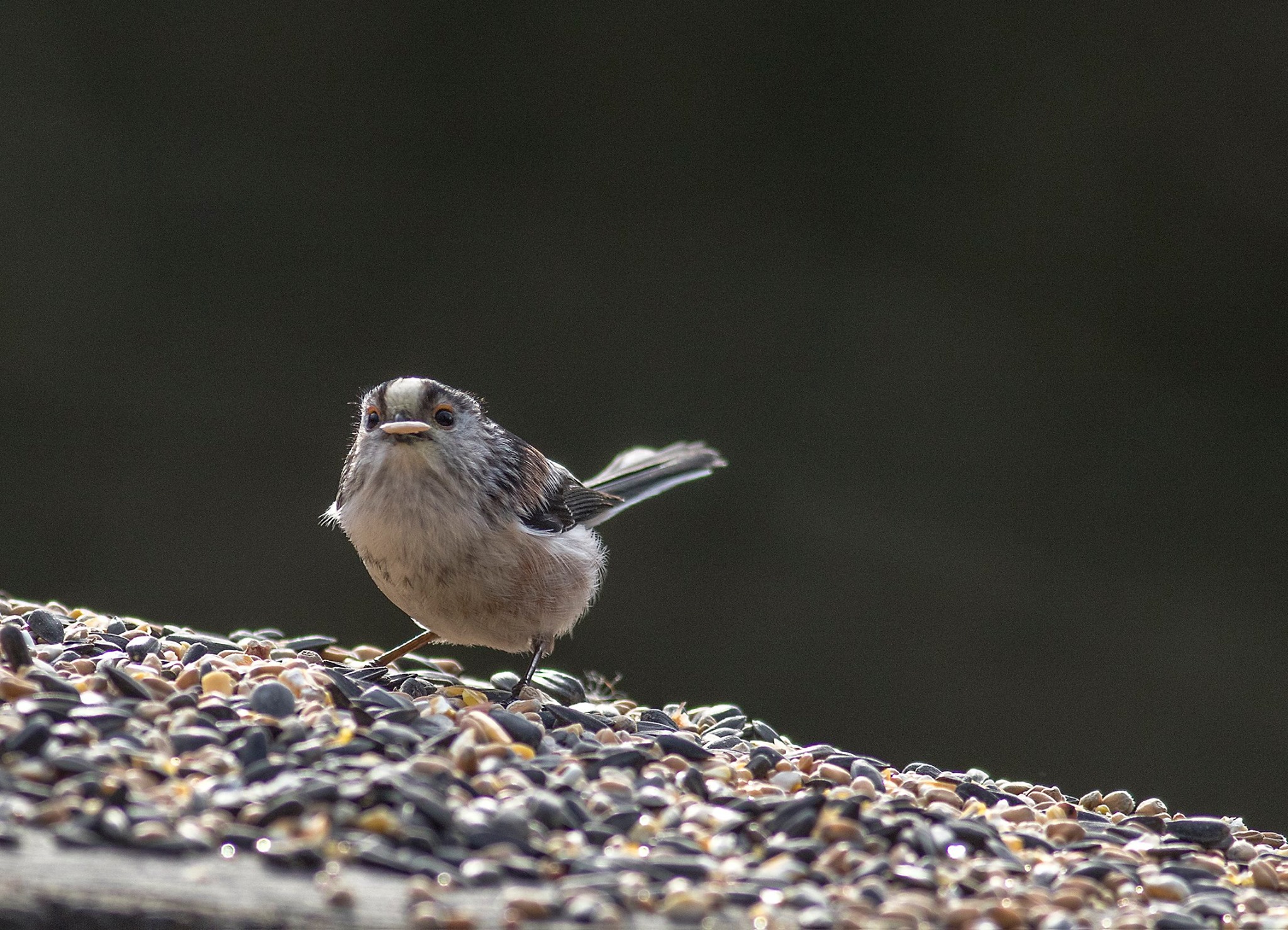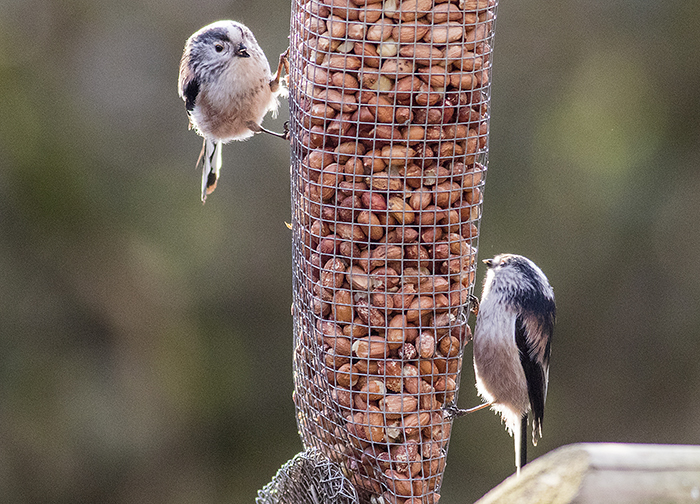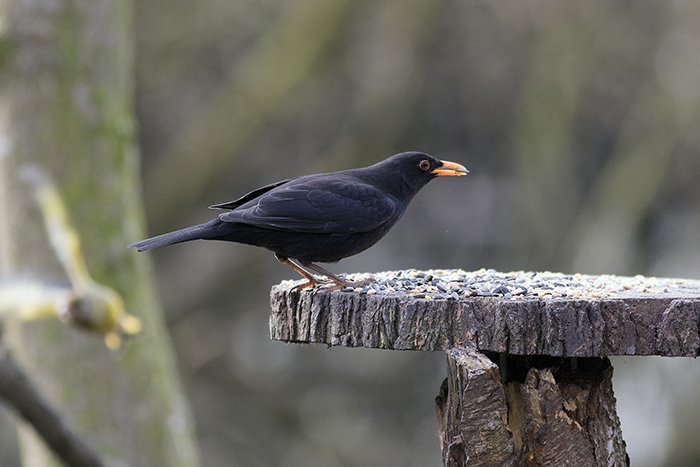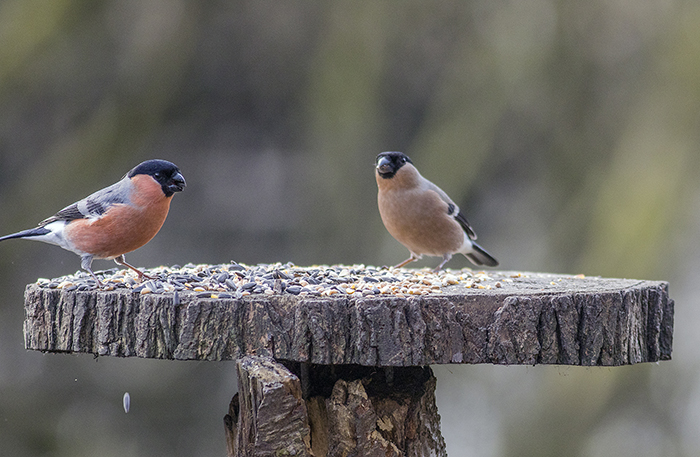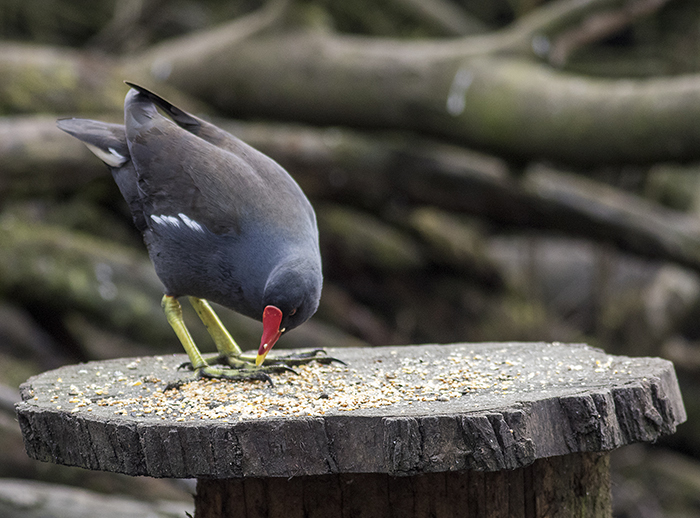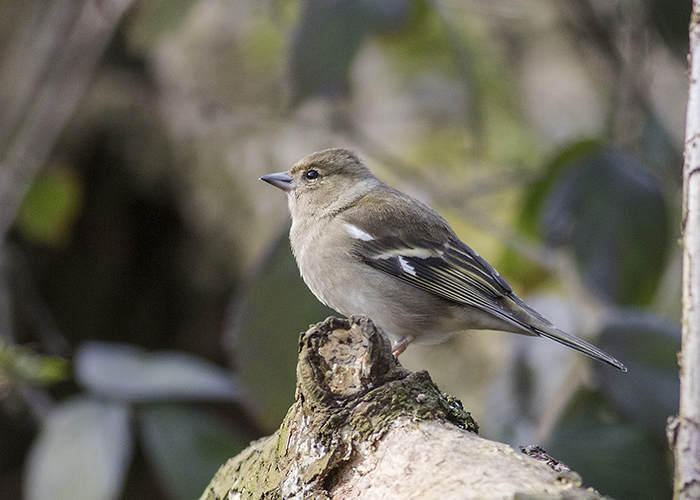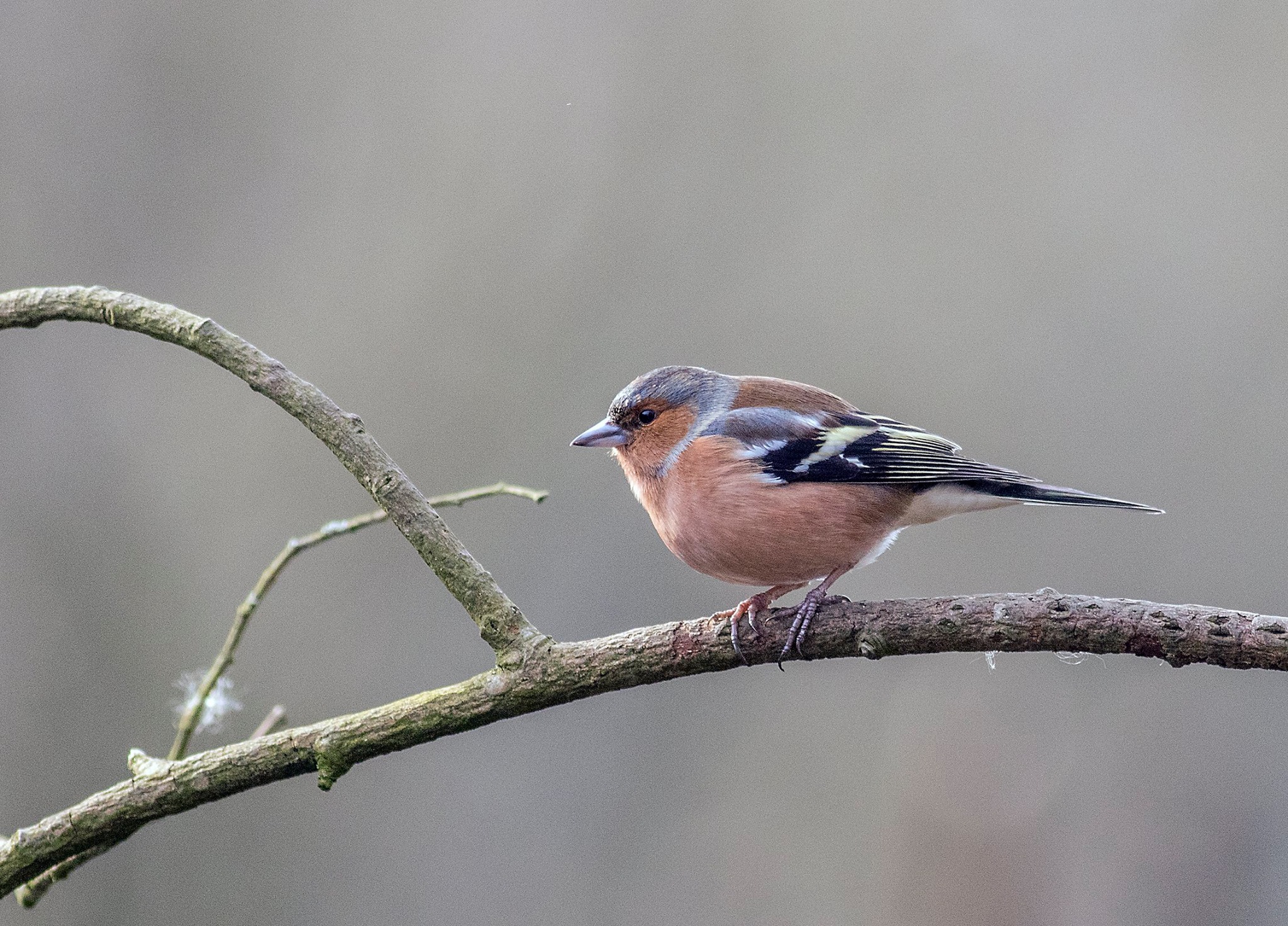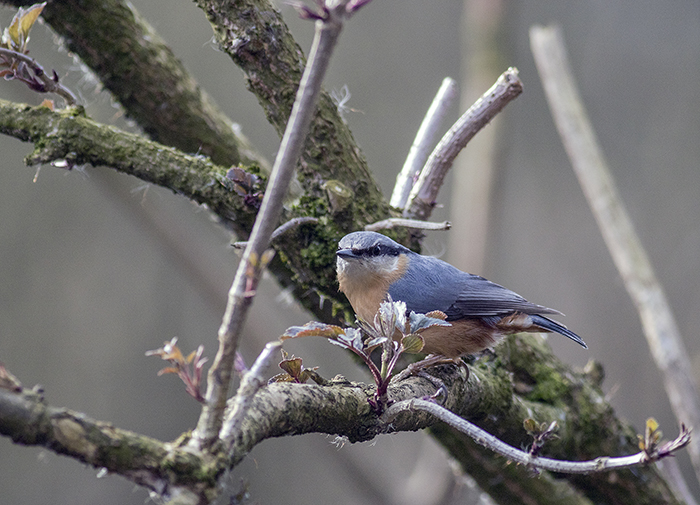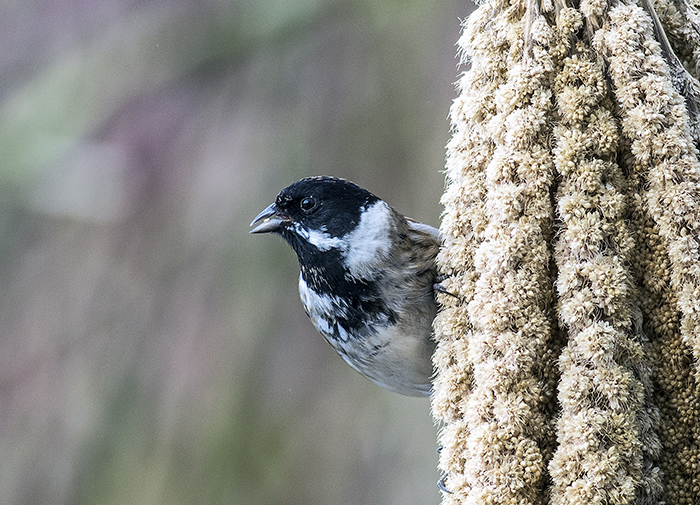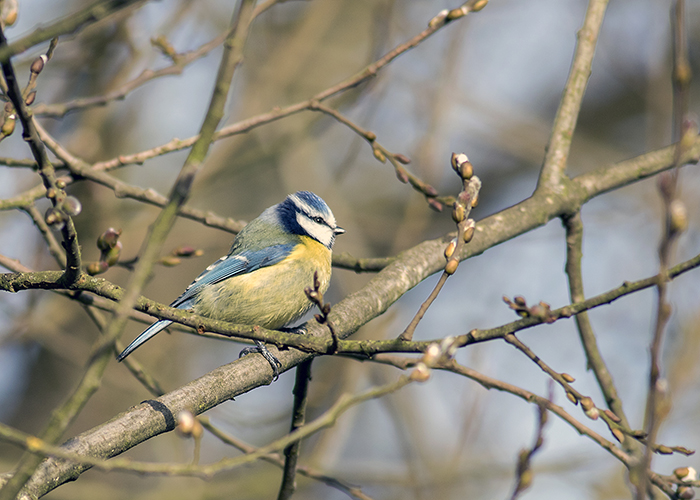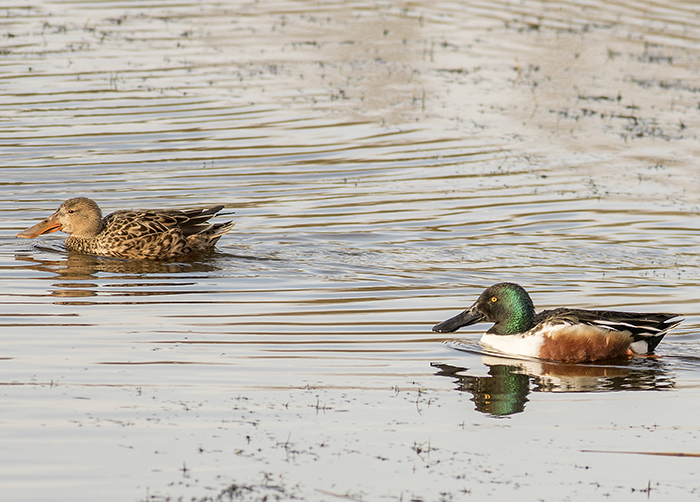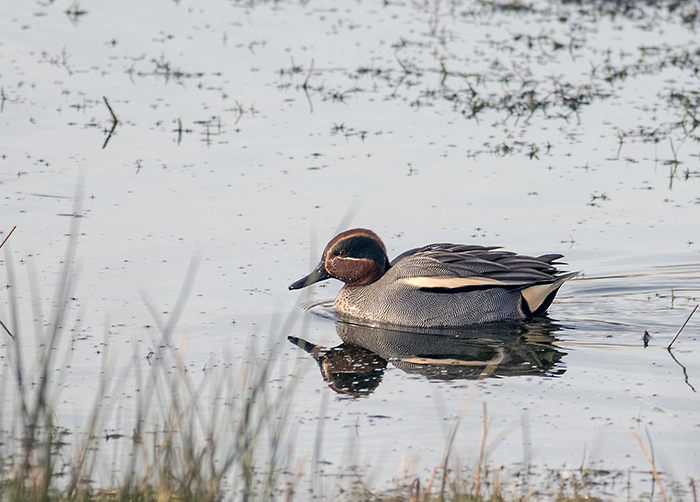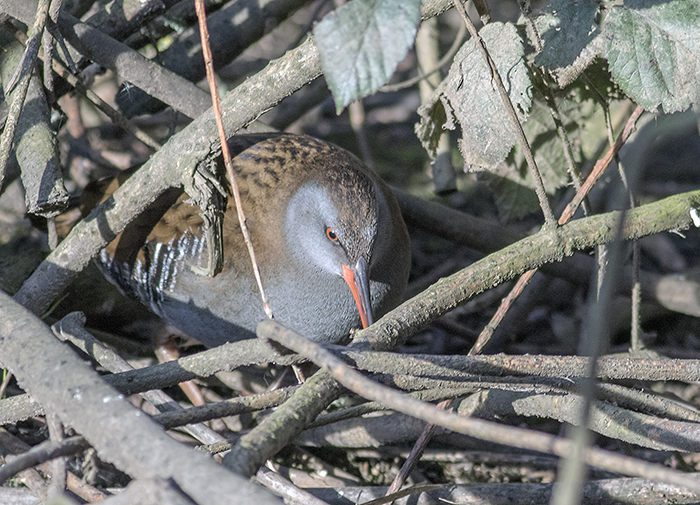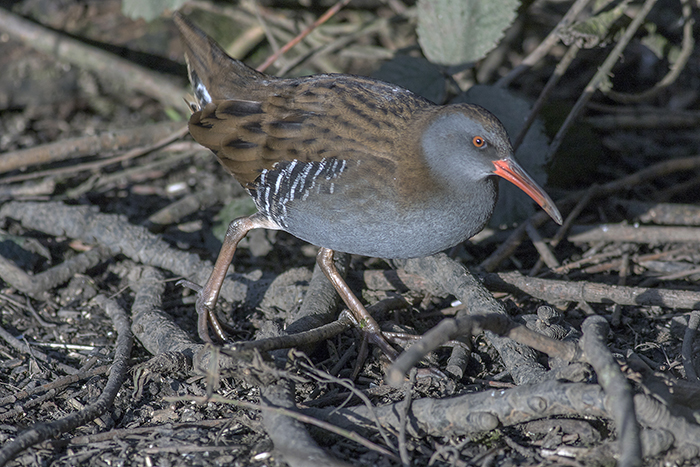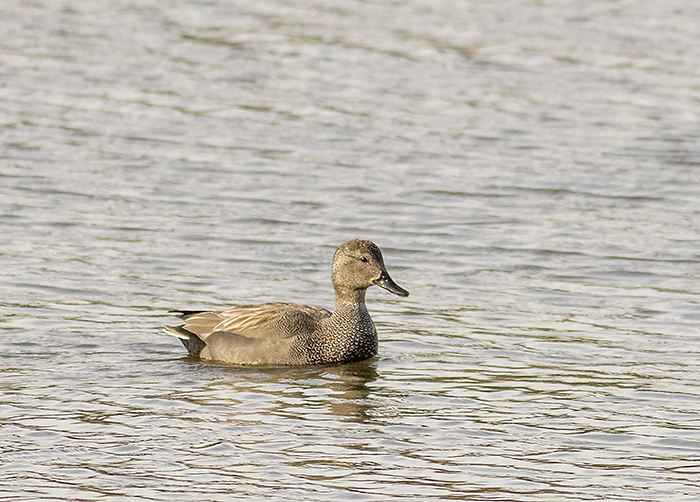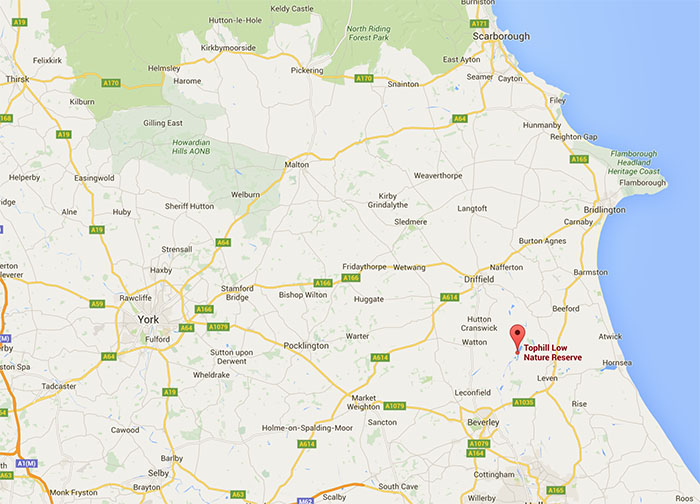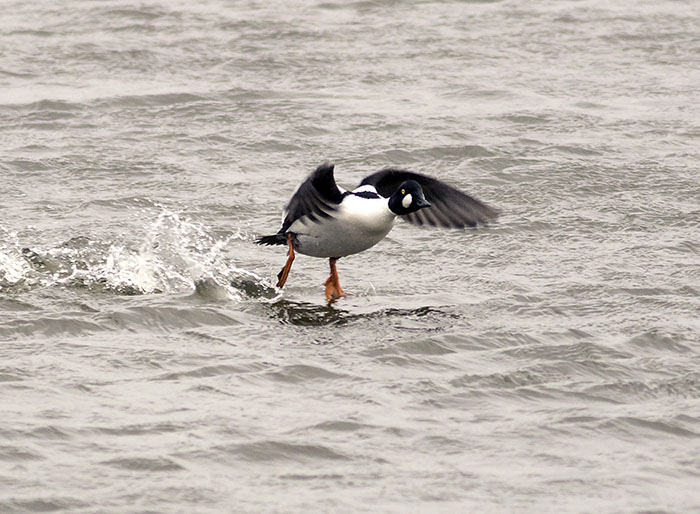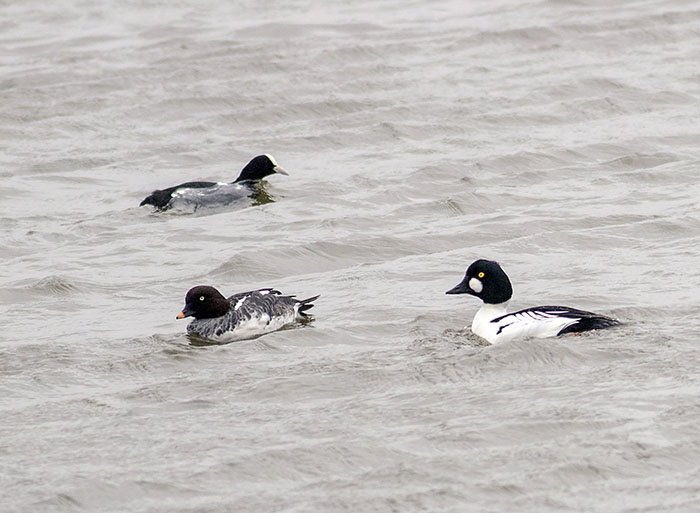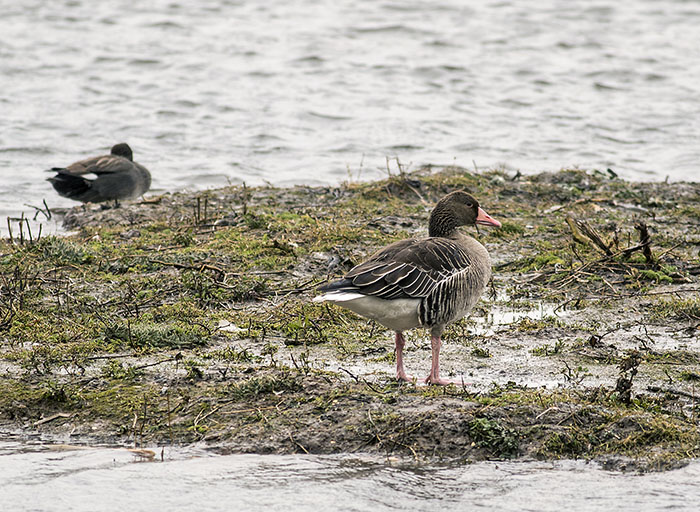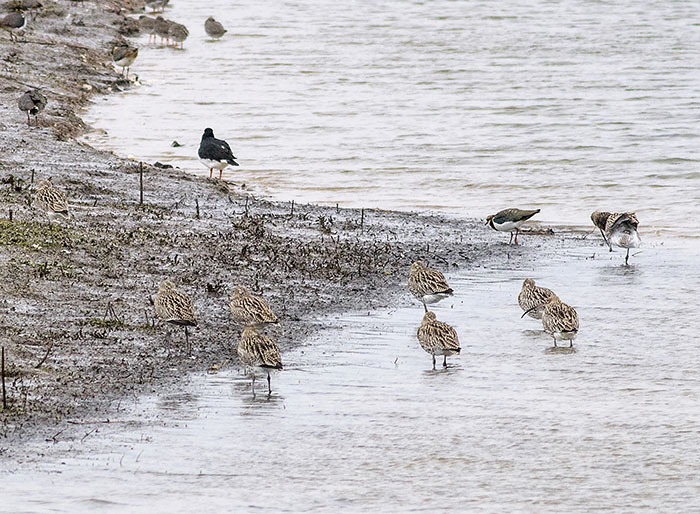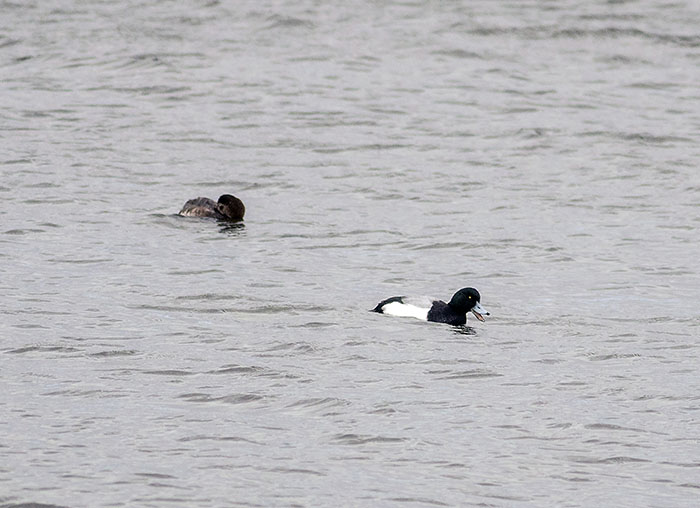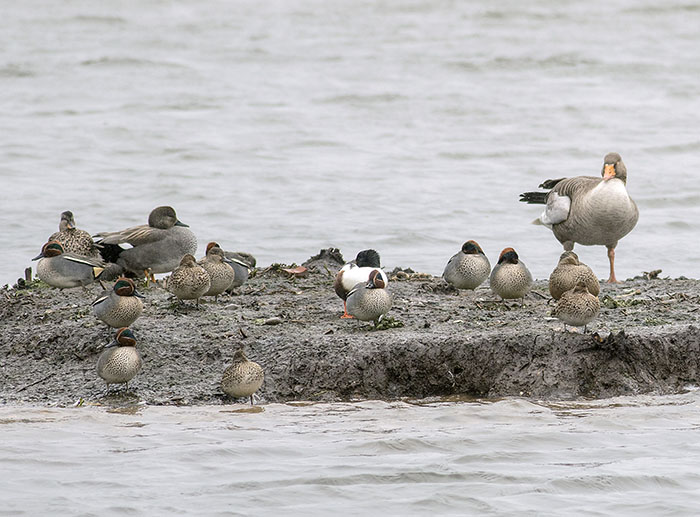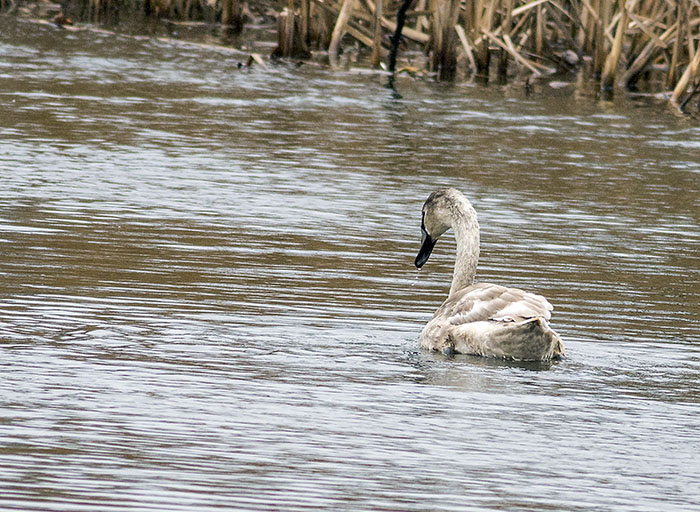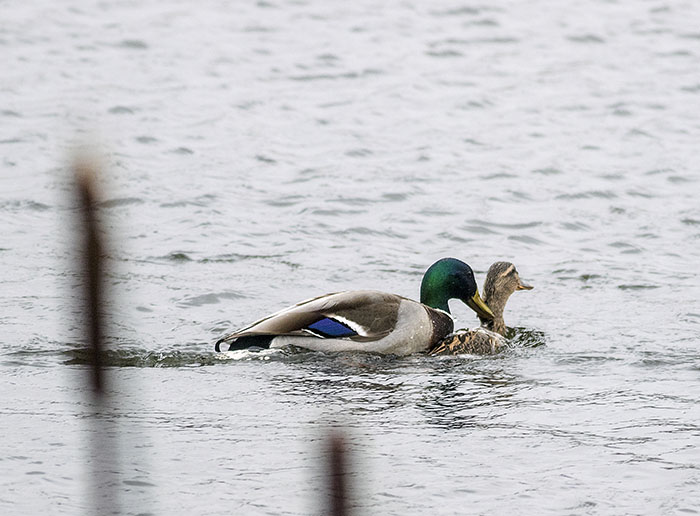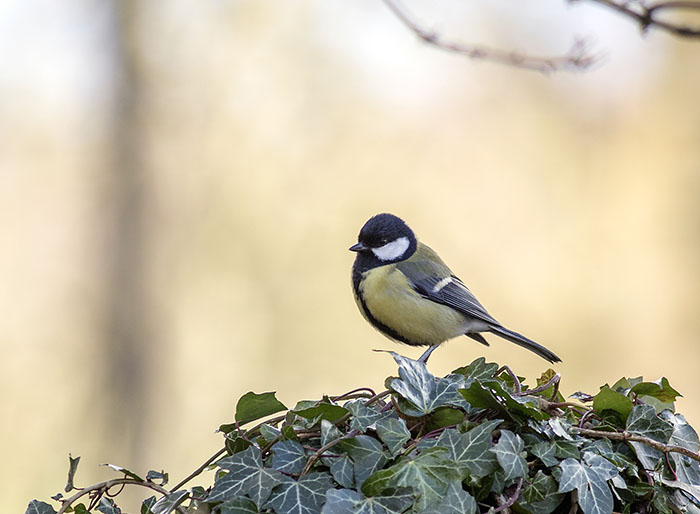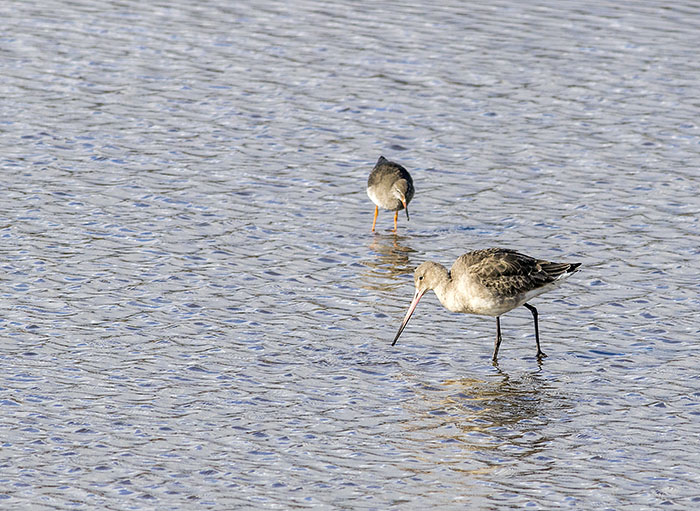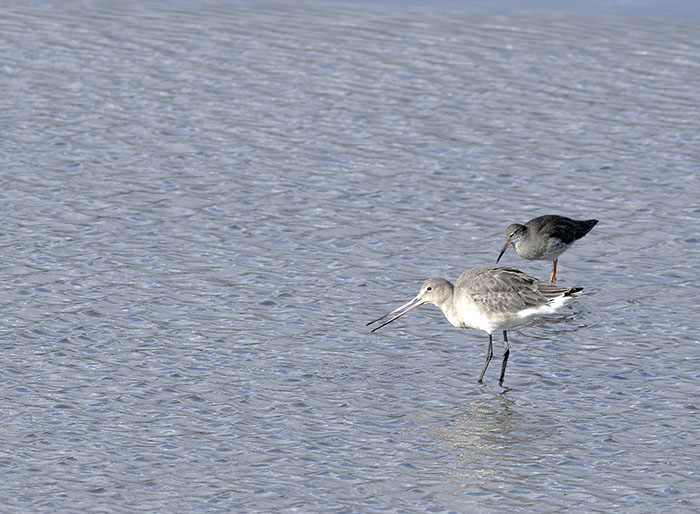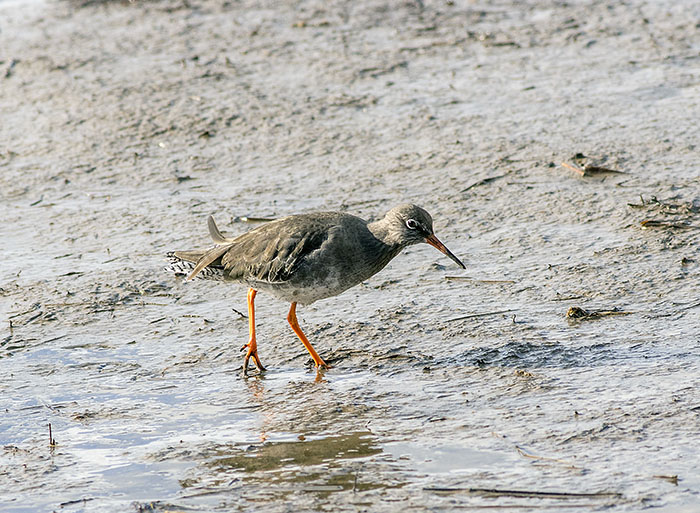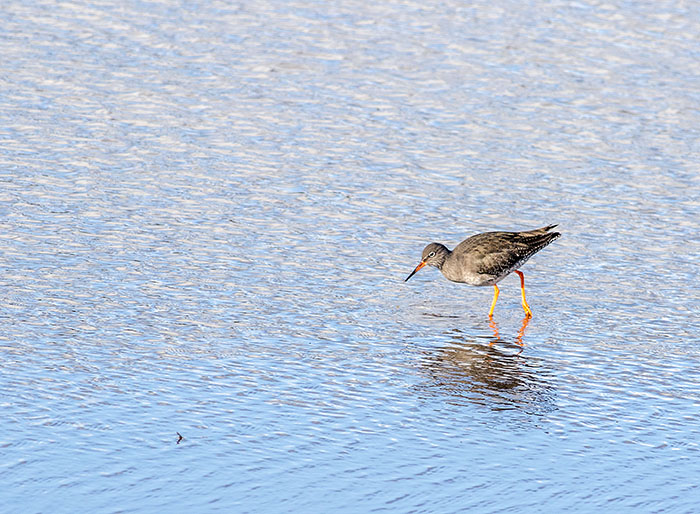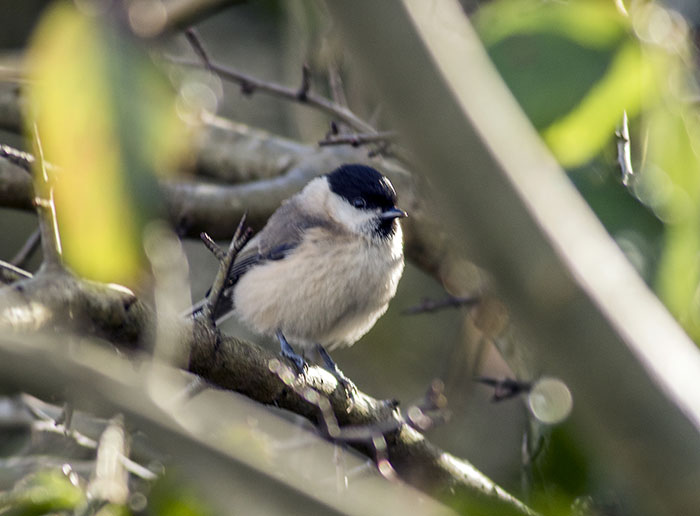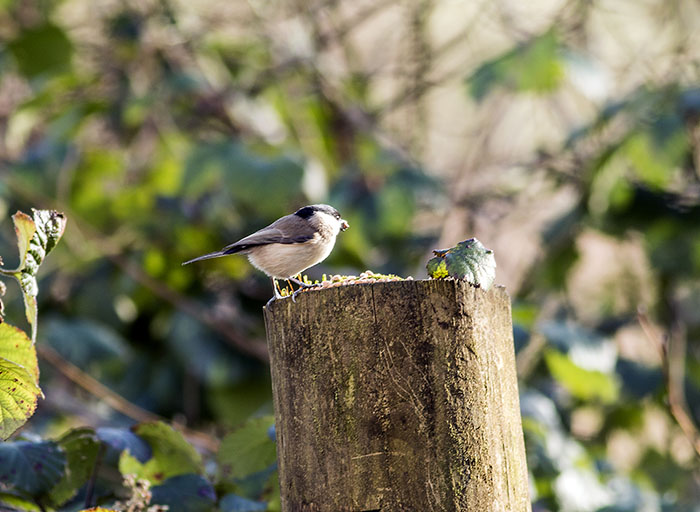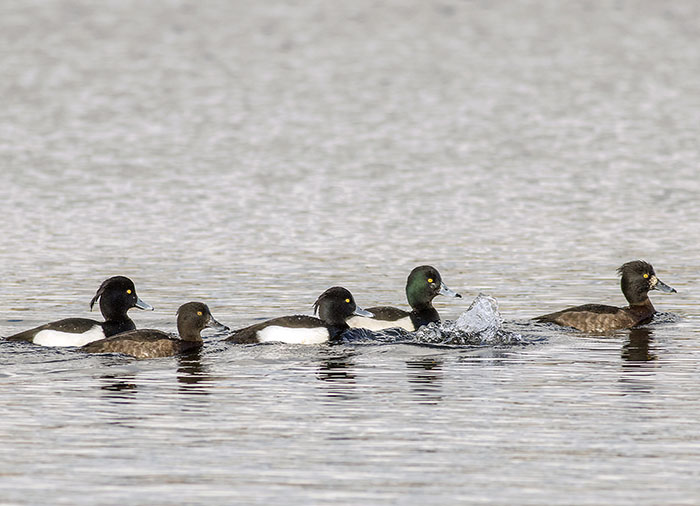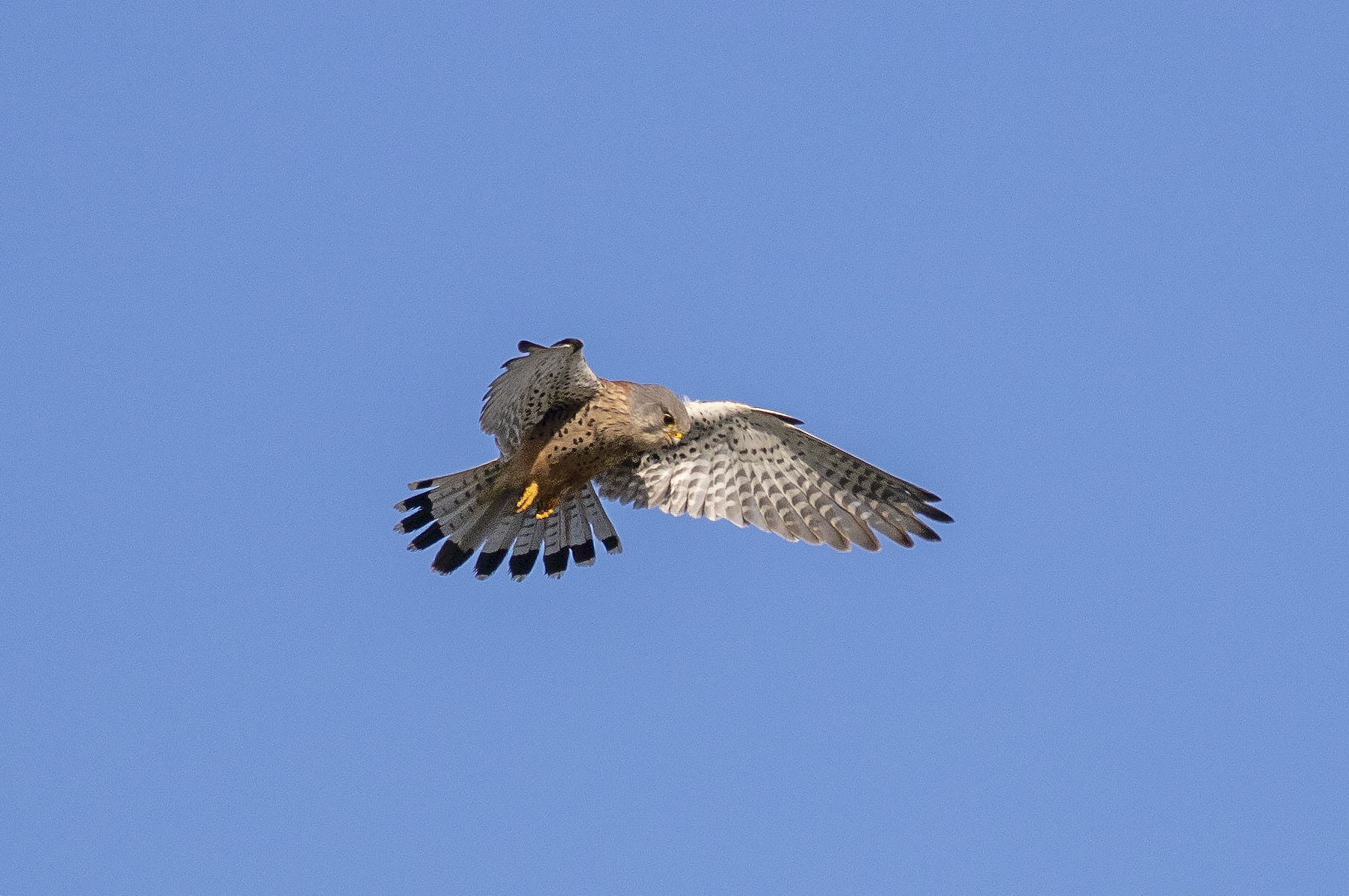
We saw a number of kestrels, buzzards and marsh harriers during our stay
In April 2018 I made a birding trip to the south coast with friends Sarah, Den and Mags.
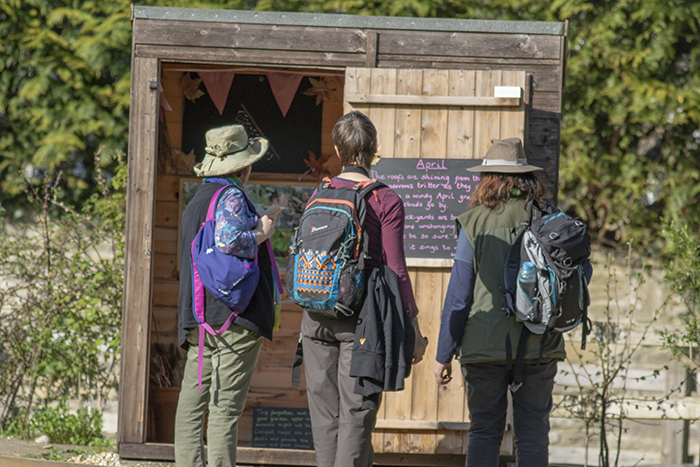
My three companions, genning up on recent sightings.
Our first stop was RSPB Arne, near Wareham in Dorset. This is a mixed habitat site with beautiful walks; heath, forest and pasture. The weather was gorgeous and we stayed there about five hours.
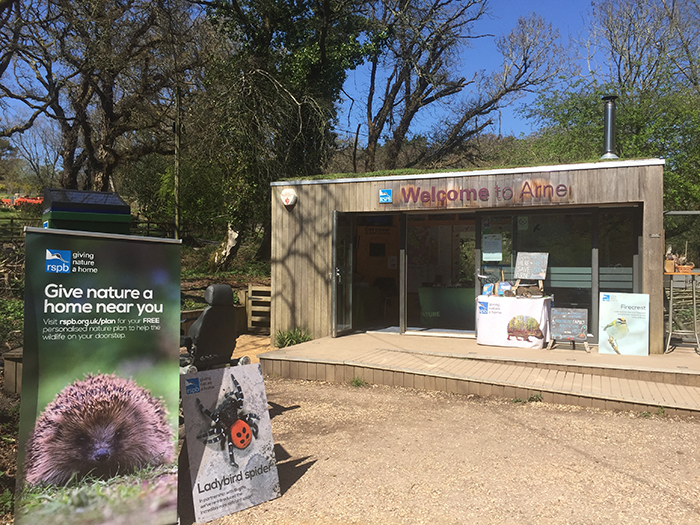
RSPB Arne, on arrival
Our main aim was to see the Dartford Warbler. Arne is one of the few sites with a high chance of seeing this beautiful red-eyed bird, which we were lucky enough to find displaying nicely although not as close as we might have liked.
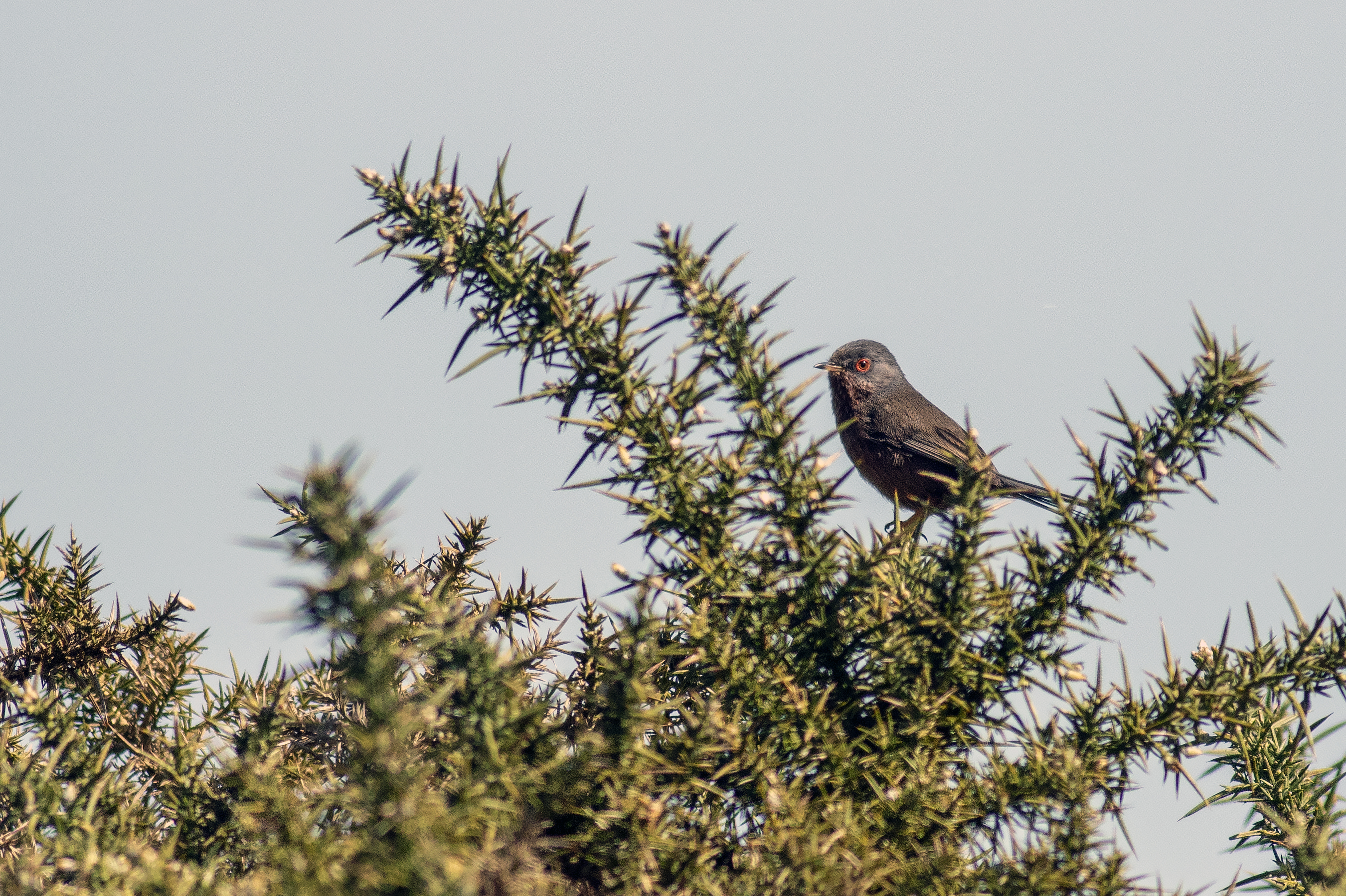
Dartford warbler
Spring birds were arriving; we heard willow warblers, chiffchaffs and blackcaps amongst others.
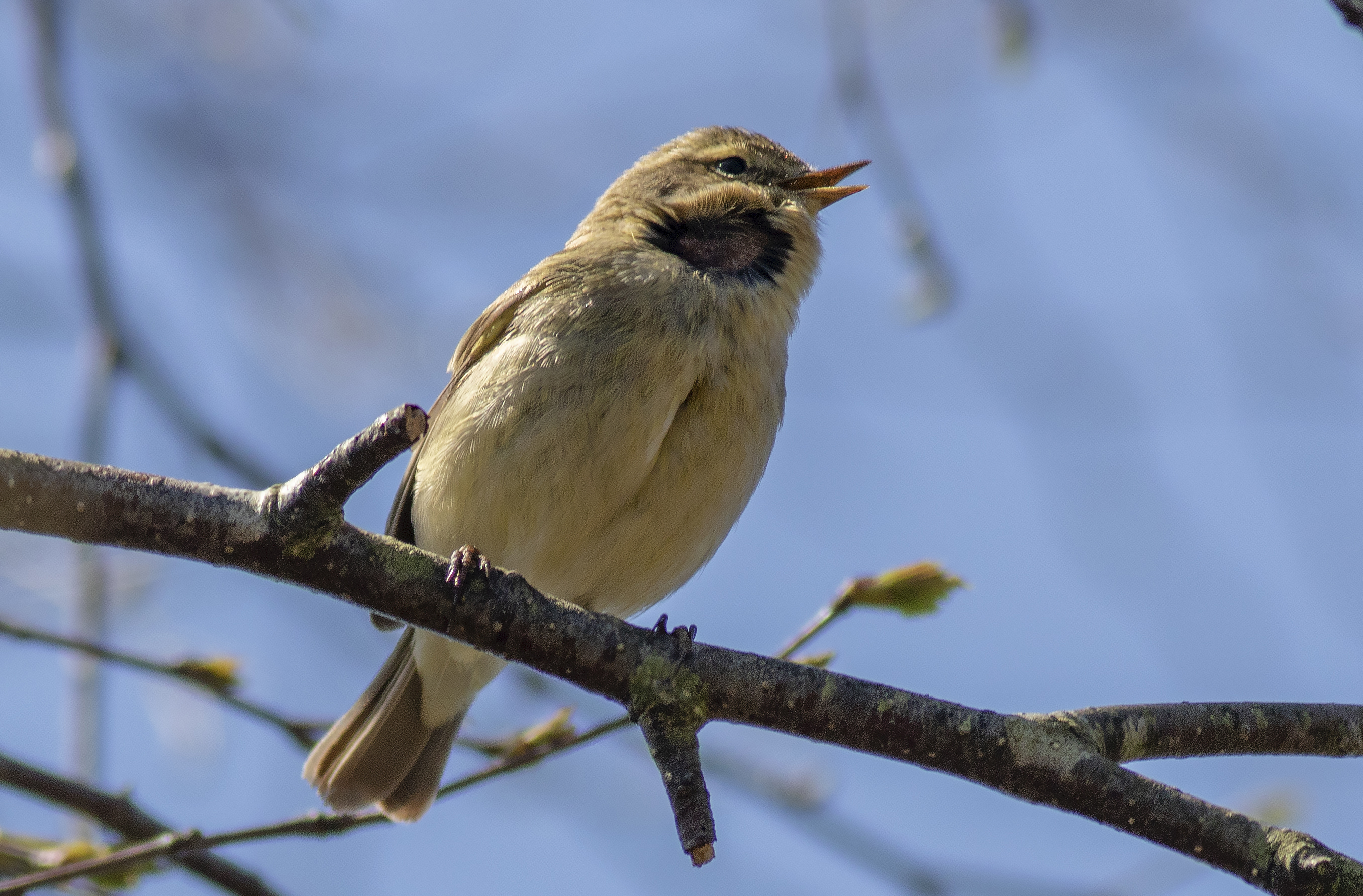
Chiffchaff (I think), singing for us at Arne.
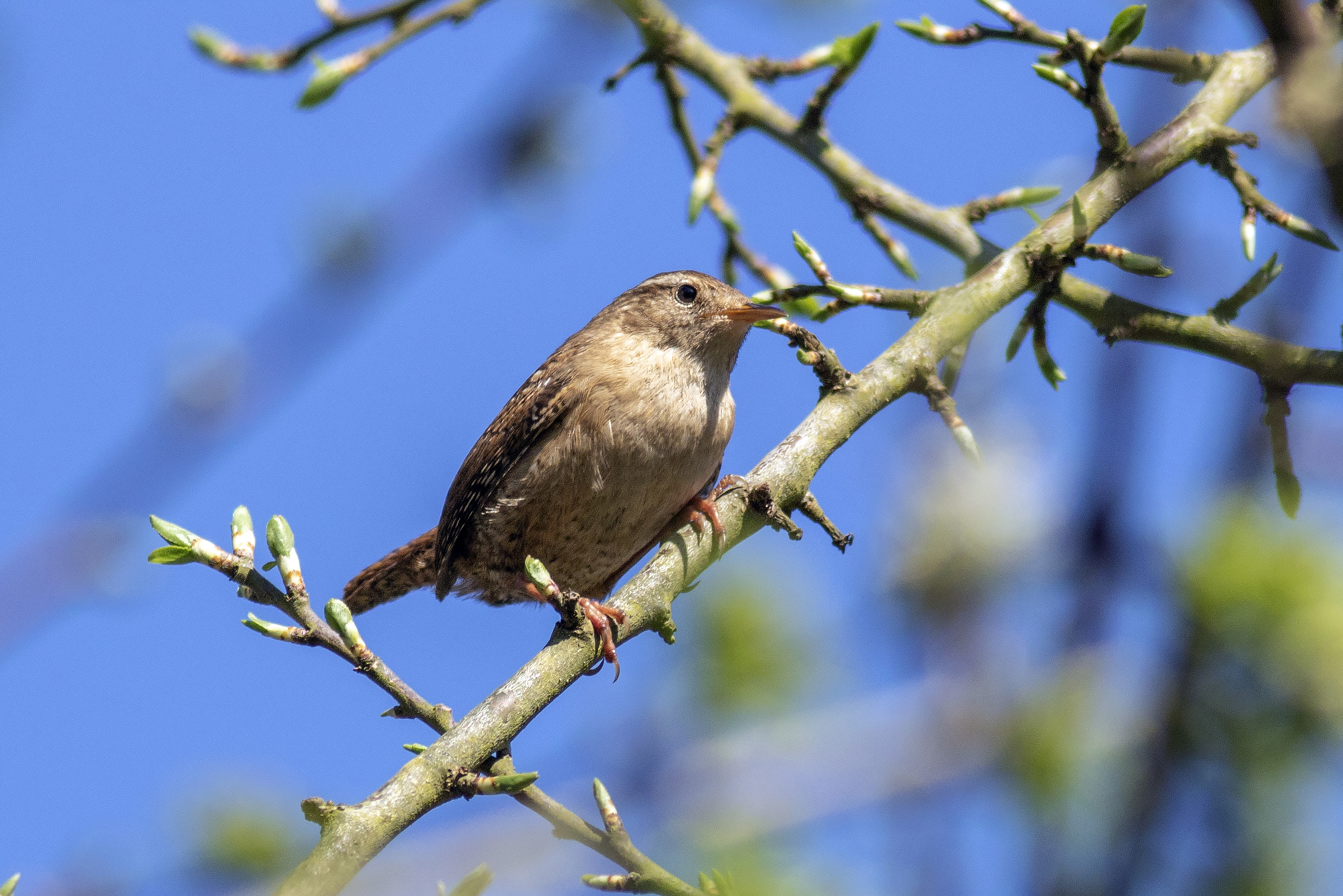
Another songster, the wren was in fine voice
We were very impressed by RSPB Arne. We saw a number of reptiles basking in the sun; all six UK species can be found here. And the walks were varied and most enjoyable. A place to return to.
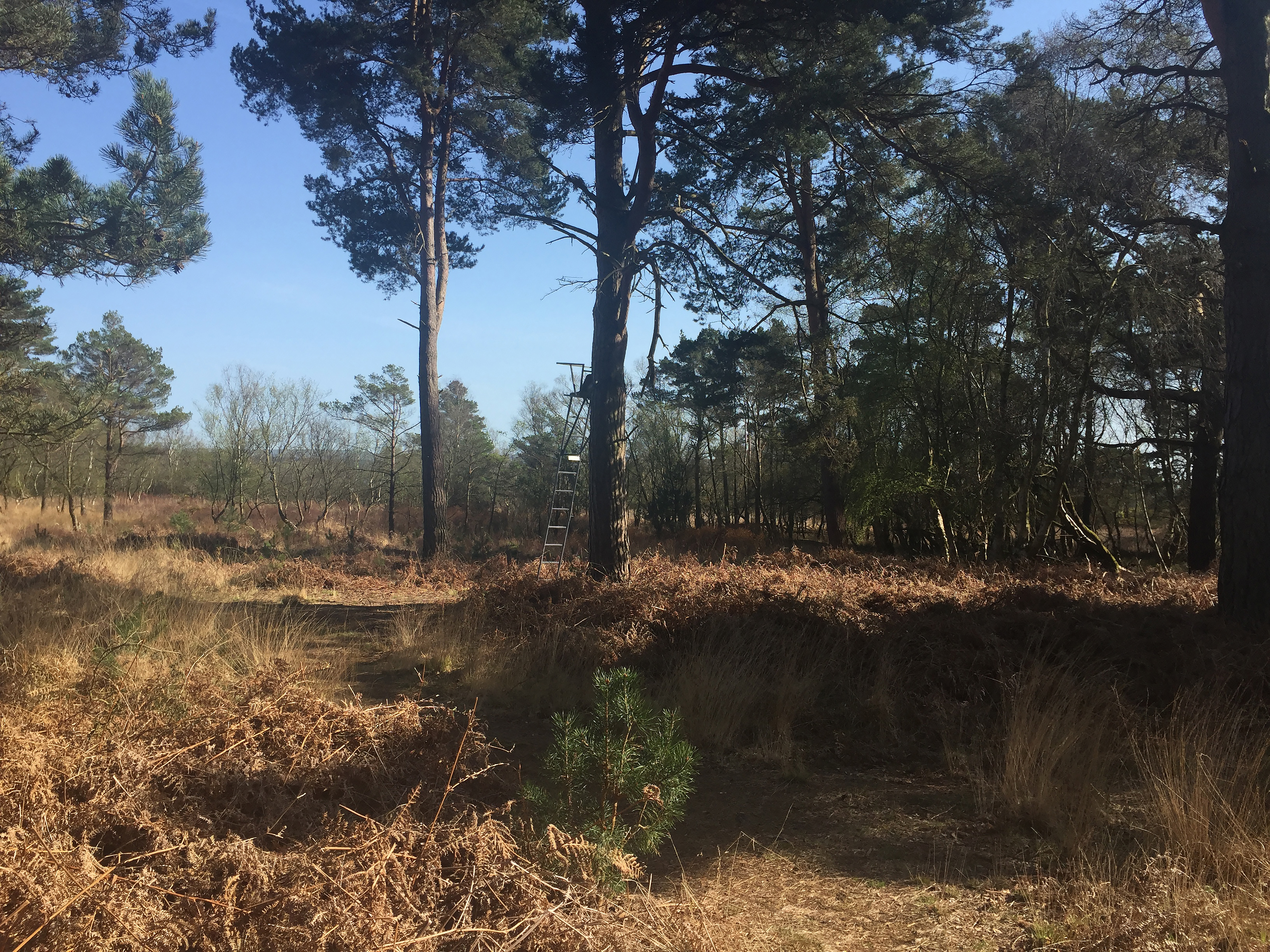
Observation seat at Arne: not for the faint-hearted!
From Arne we drove to the Portland Bird Observatory, an old lighthouse where we spent the night.
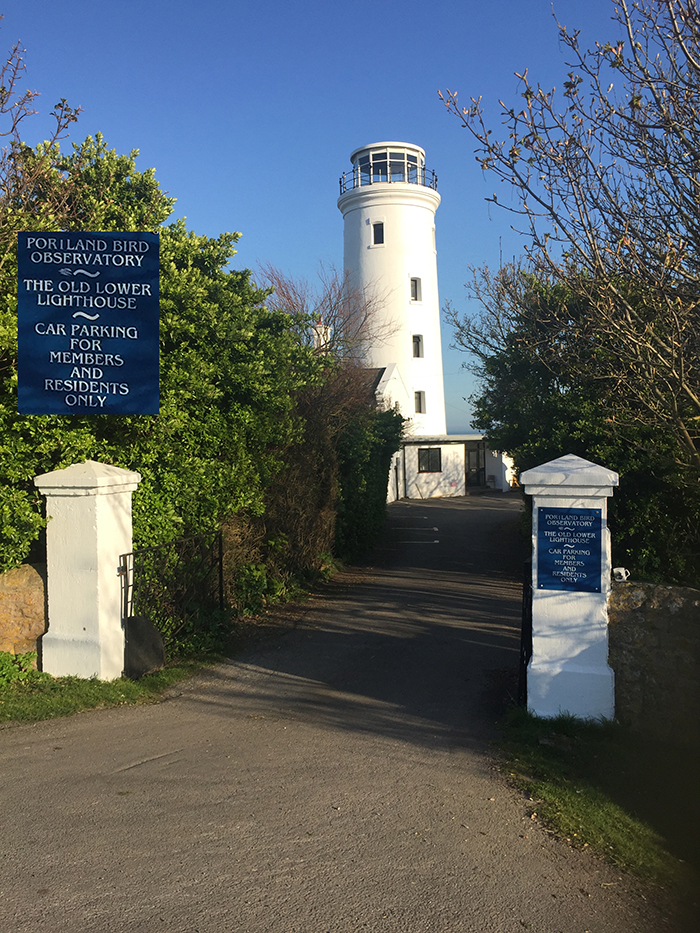
The entrance to Portland Bird Observatory
The observatory is a research centre, with permanent and volunteer staff. Every morning the birds trapped in mist nets are observed and ringed if not already done. There is accommodation for a number of guests in the lighthouse and annexes; not five star but not too spartan either. It also has an excellent library and shop.
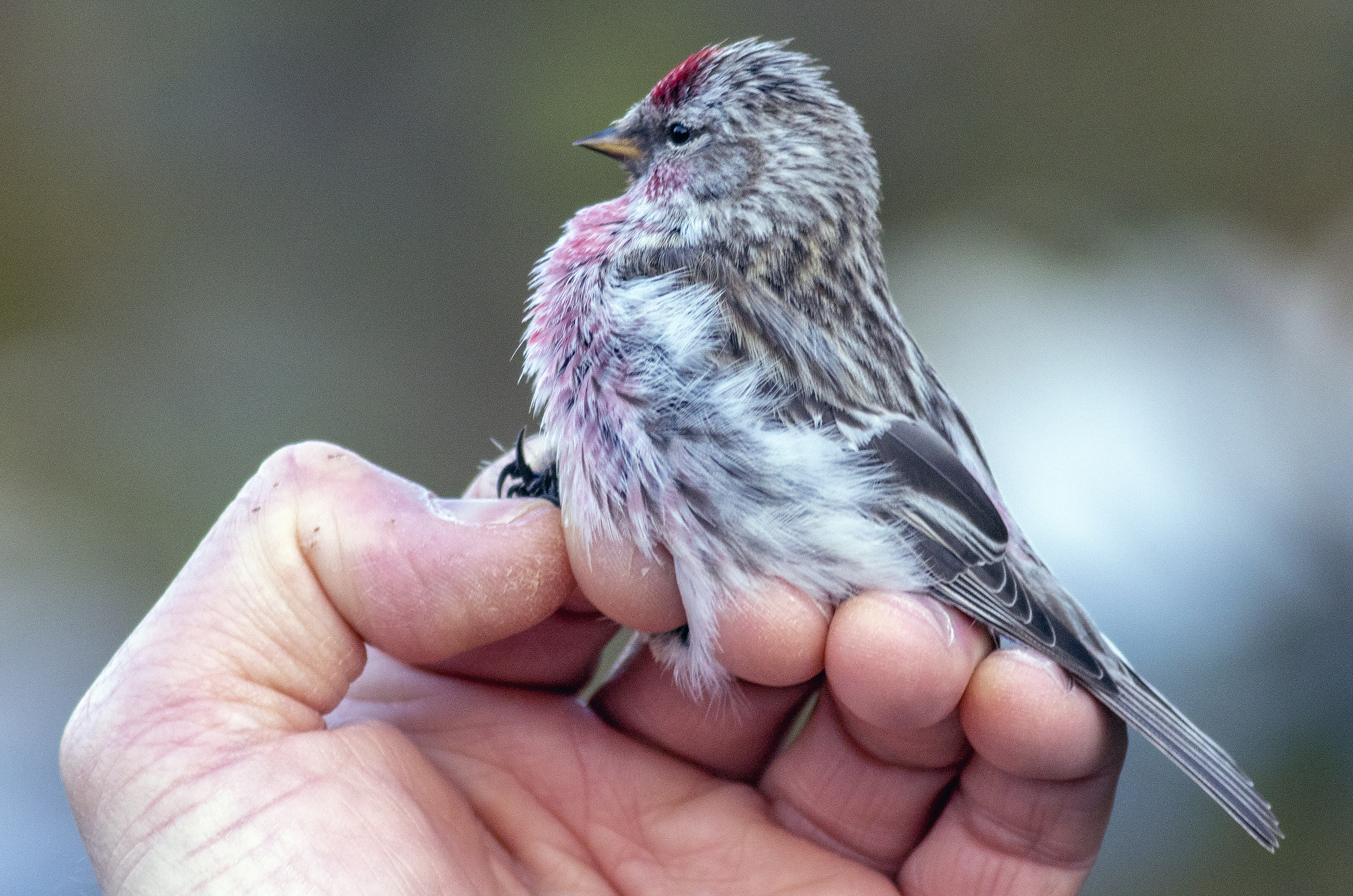
Redpoll, taken from the mist nets …
Every morning the residents studied the sea, which can be seen from the lighthouse balcony, for interesting sightings. There are extensive gardens with varied vegetation – in these are a dozen or so mist nets, which generally turn up birds of interest, obviously varying at different times of the year.
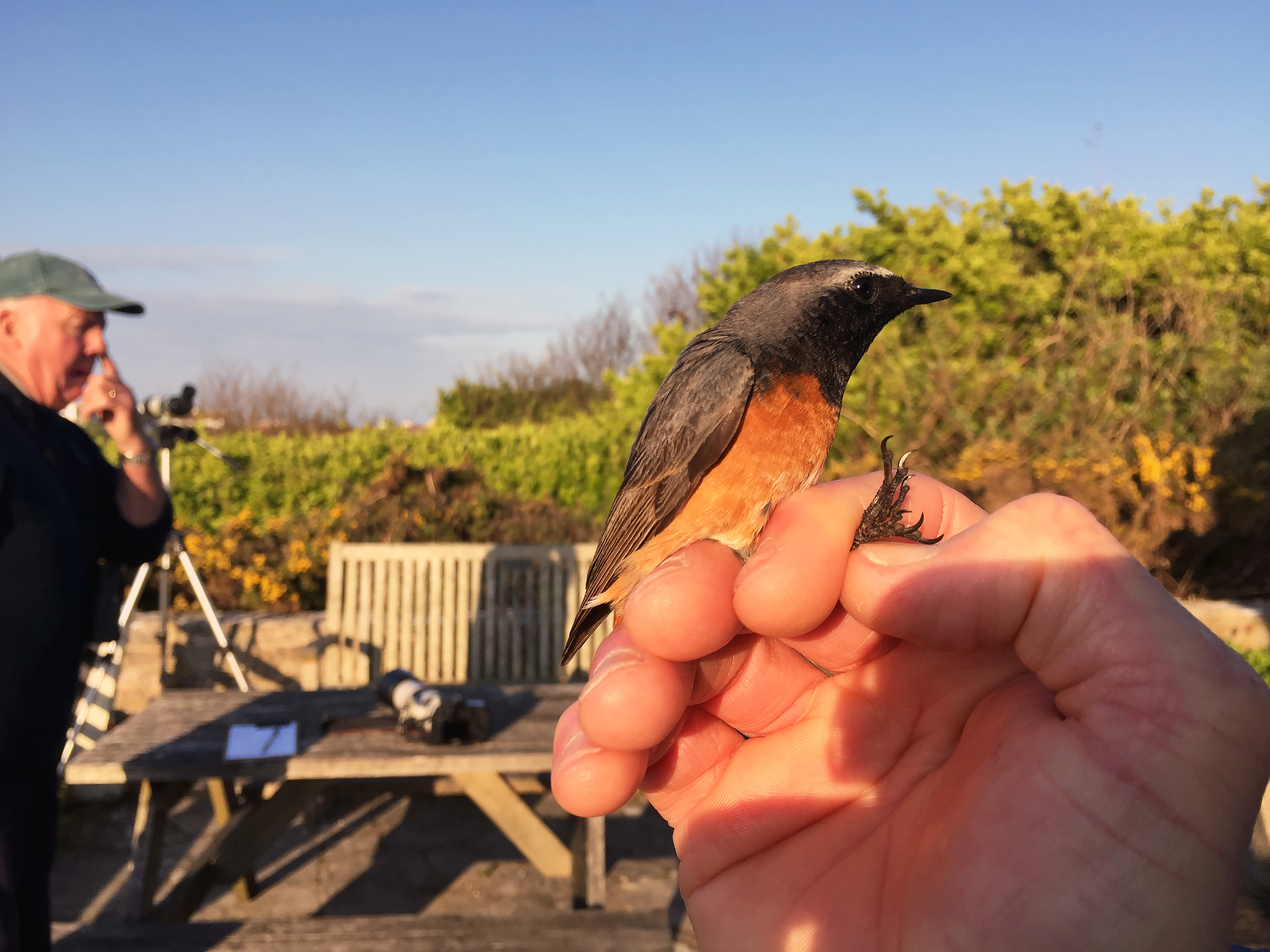
.. and a redstart, being examined by observatory staff
The observatory was fairly full of experienced, knowledgeable and friendly birders. There are cooking facilities, and life was very communal; more like a hostel than anything else. A very comfortable place to be for a birder.
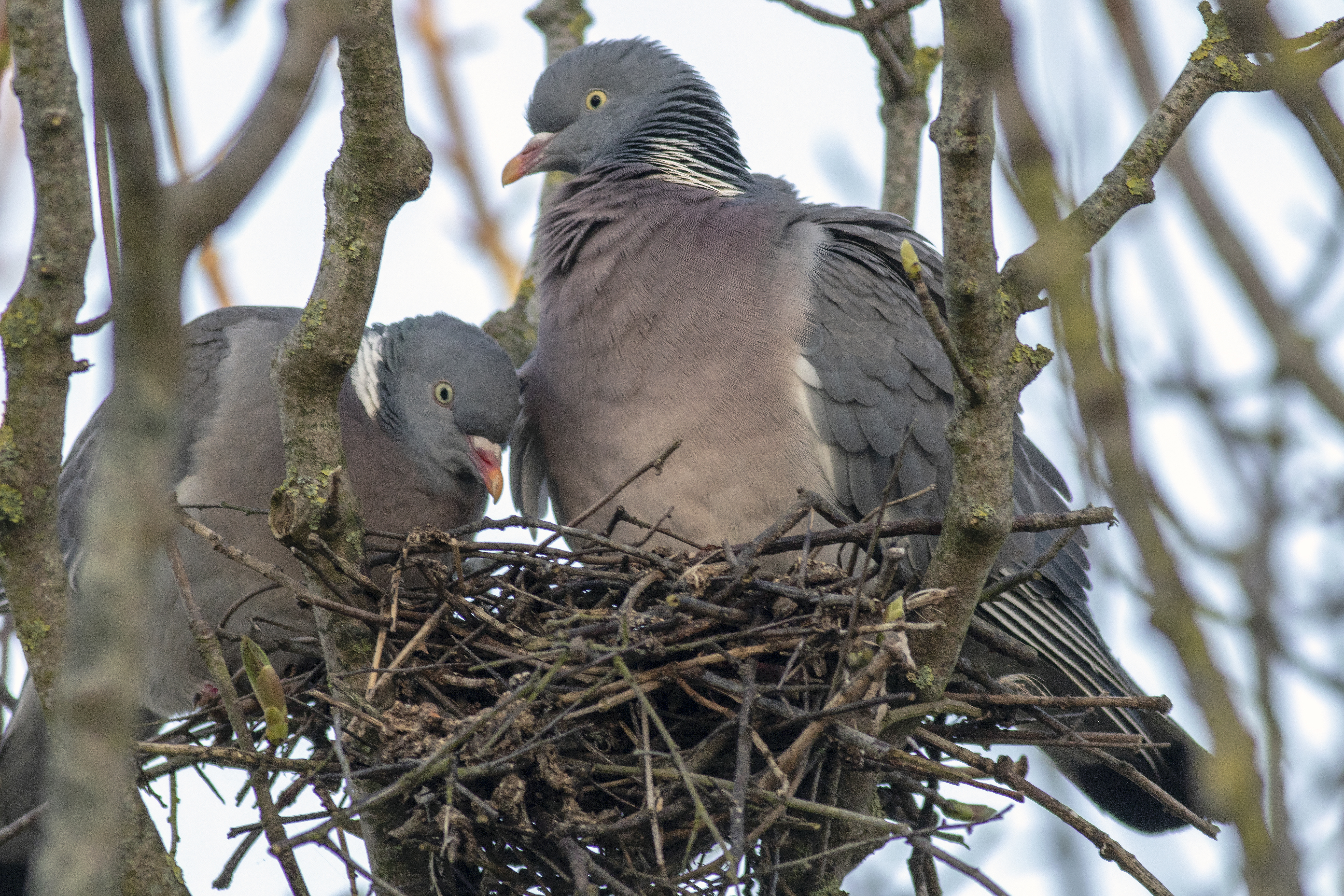
A rather concerned wood pigeon studies a possible nest
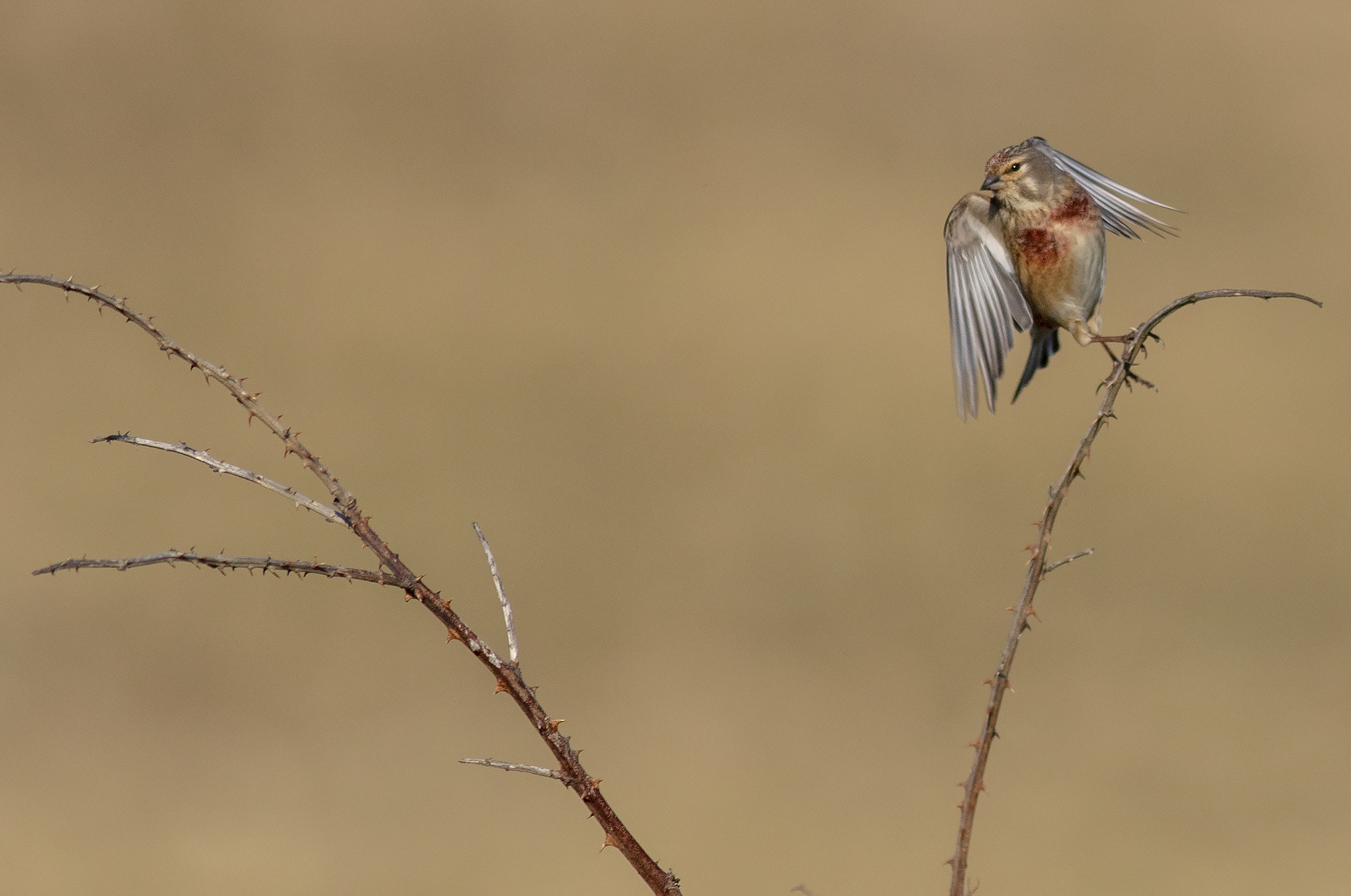
A linnet just about to fly off ..
The fields around the lighthouse were also productive for birds. A Eurasian hoopoe had been seen the day we arrived, but had sadly moved on. But we did see quite a few birds, including a lovely little owl who lives with his family in a rock crevice in a nearby abandoned quarry.
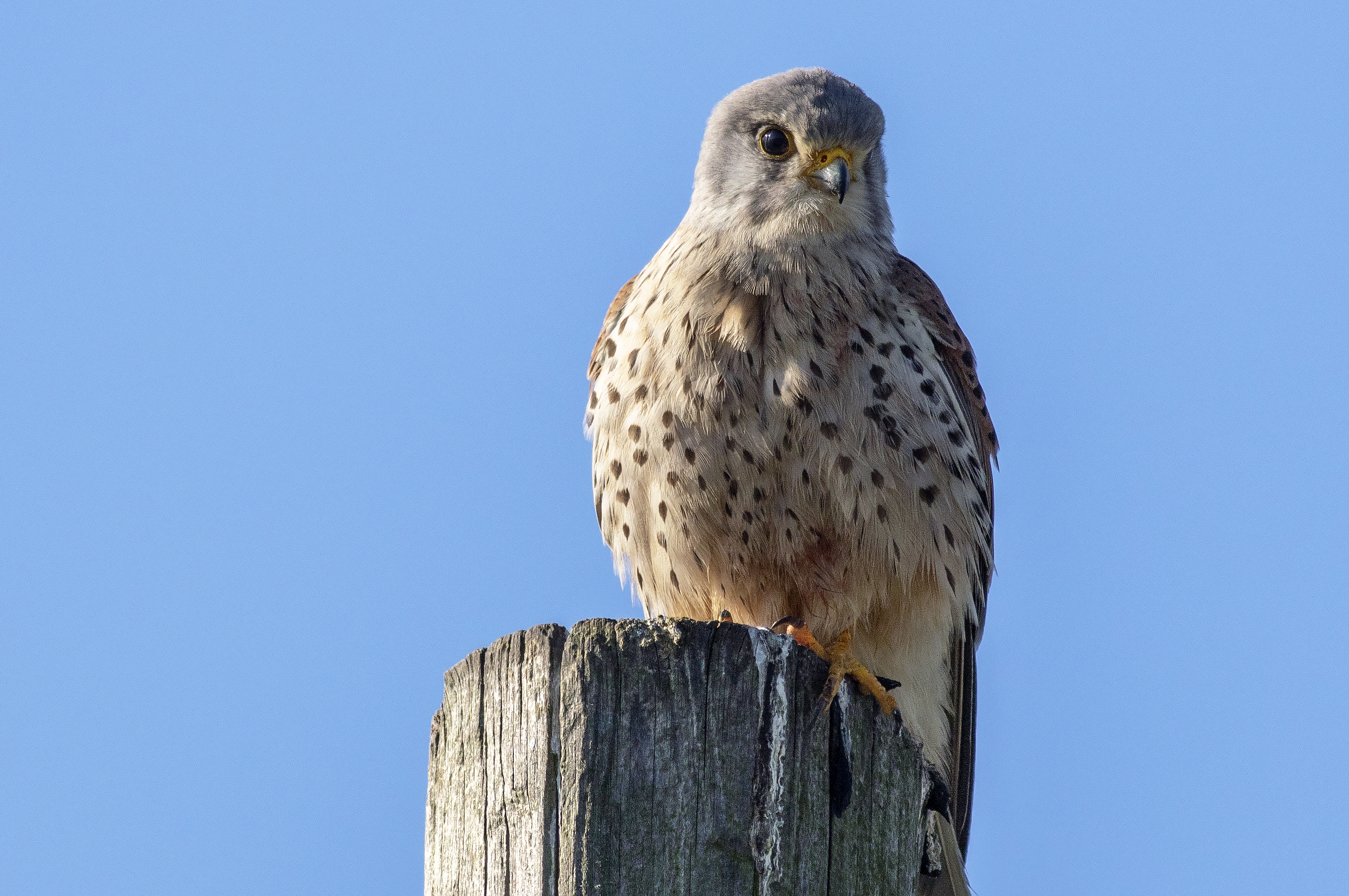
The hoopoe had moved on, but this kestrel was very interested in the nearby ploughed fields
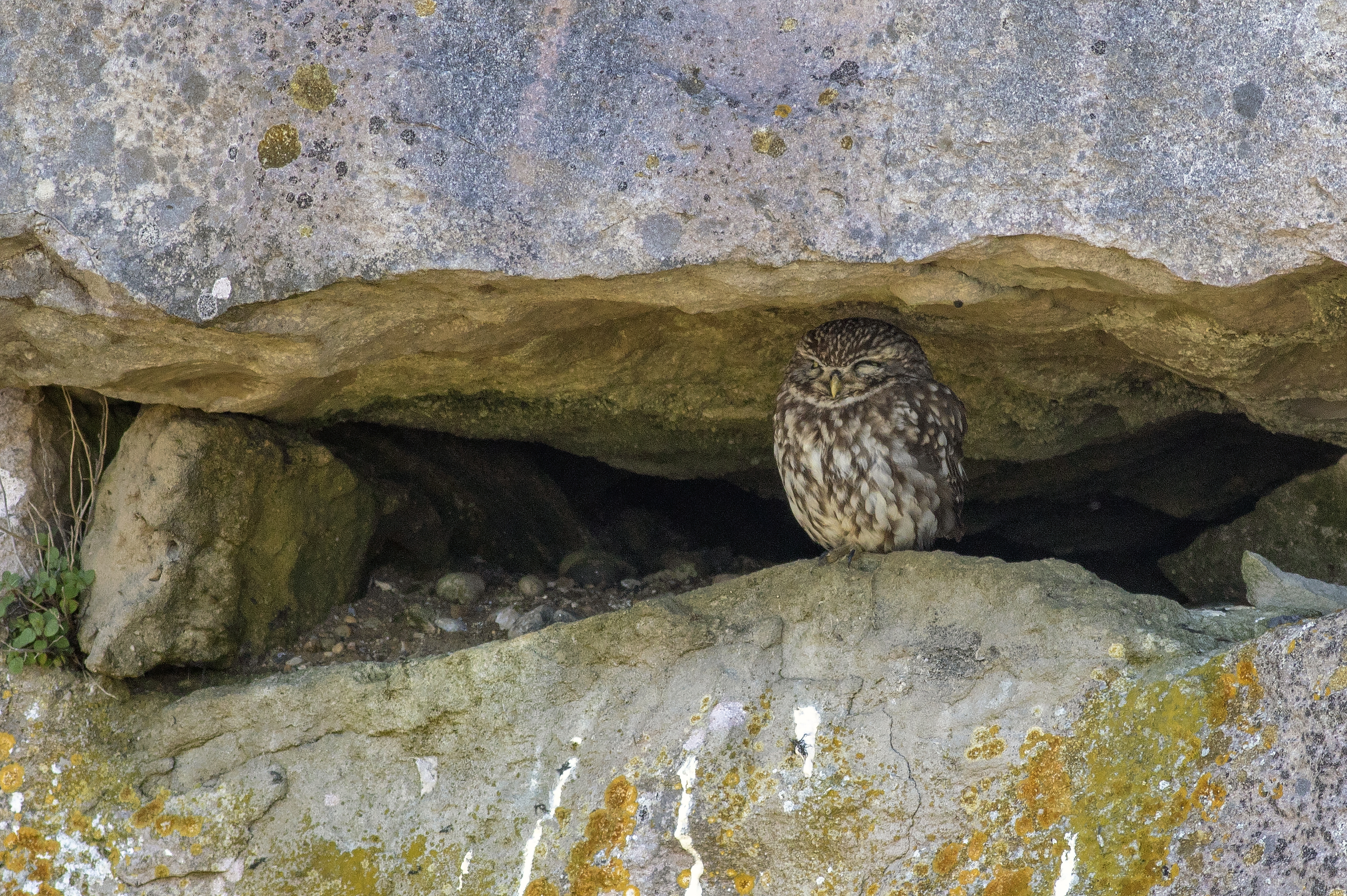
This little owl had taken up residence in an old quarry
On our second day we drove to Monkey World, an hour or so away. It was hard to get clear photos of the apes and monkeys because of the bars on the enclosures, but one Orang Utan had climbed high enough to be visible from the pathways.
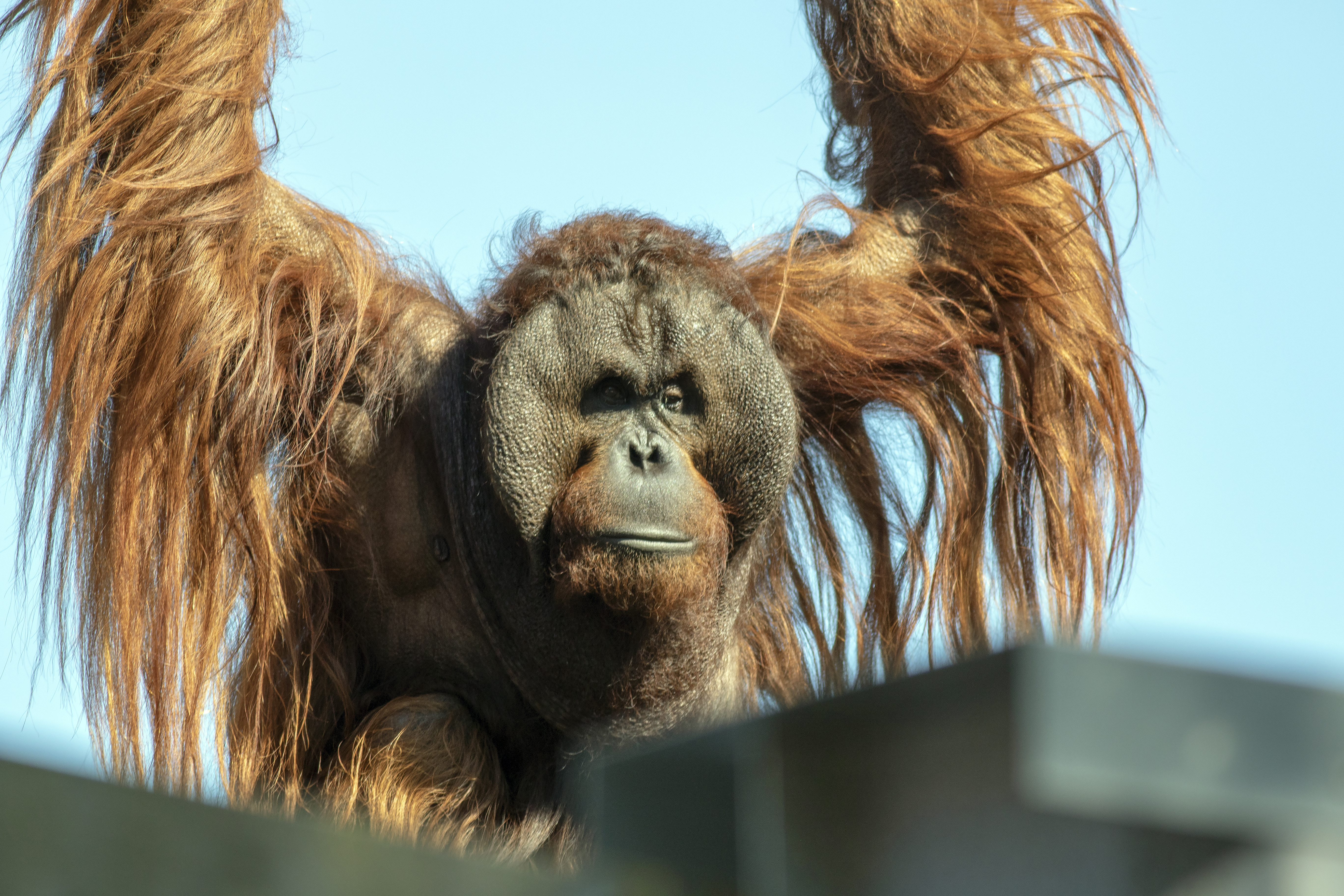
Gordon the Orang Utan, something of a TV celebrity
Around some of the enclosures were Sika deer; I was told that they were there before work started on Monkey World.
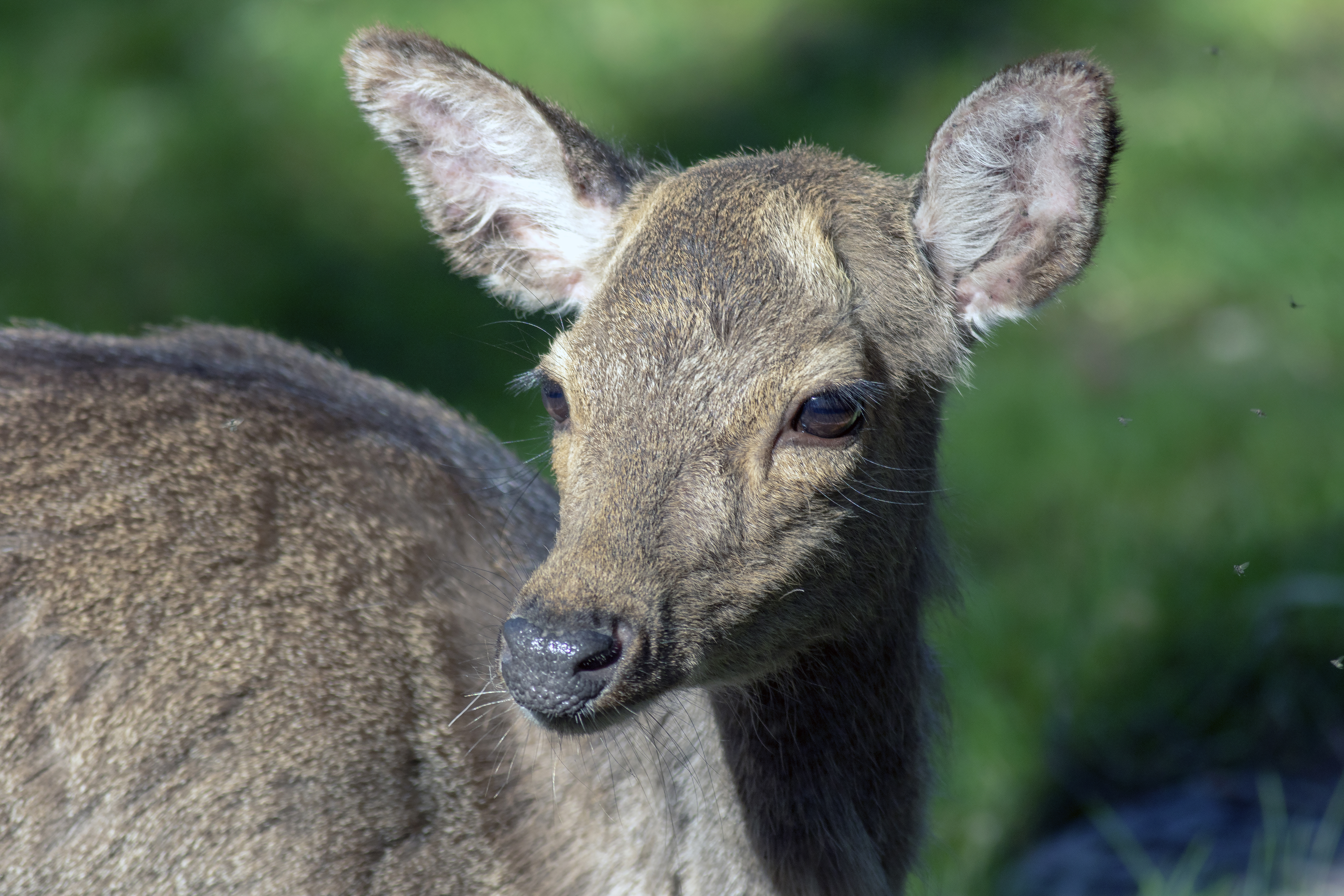
There were Sika deer around one of the Chimps’ enclosures
Monkey World was started up by Jim Cronin in 1987. Jim has now died, and there is a monument to him in the reserve.
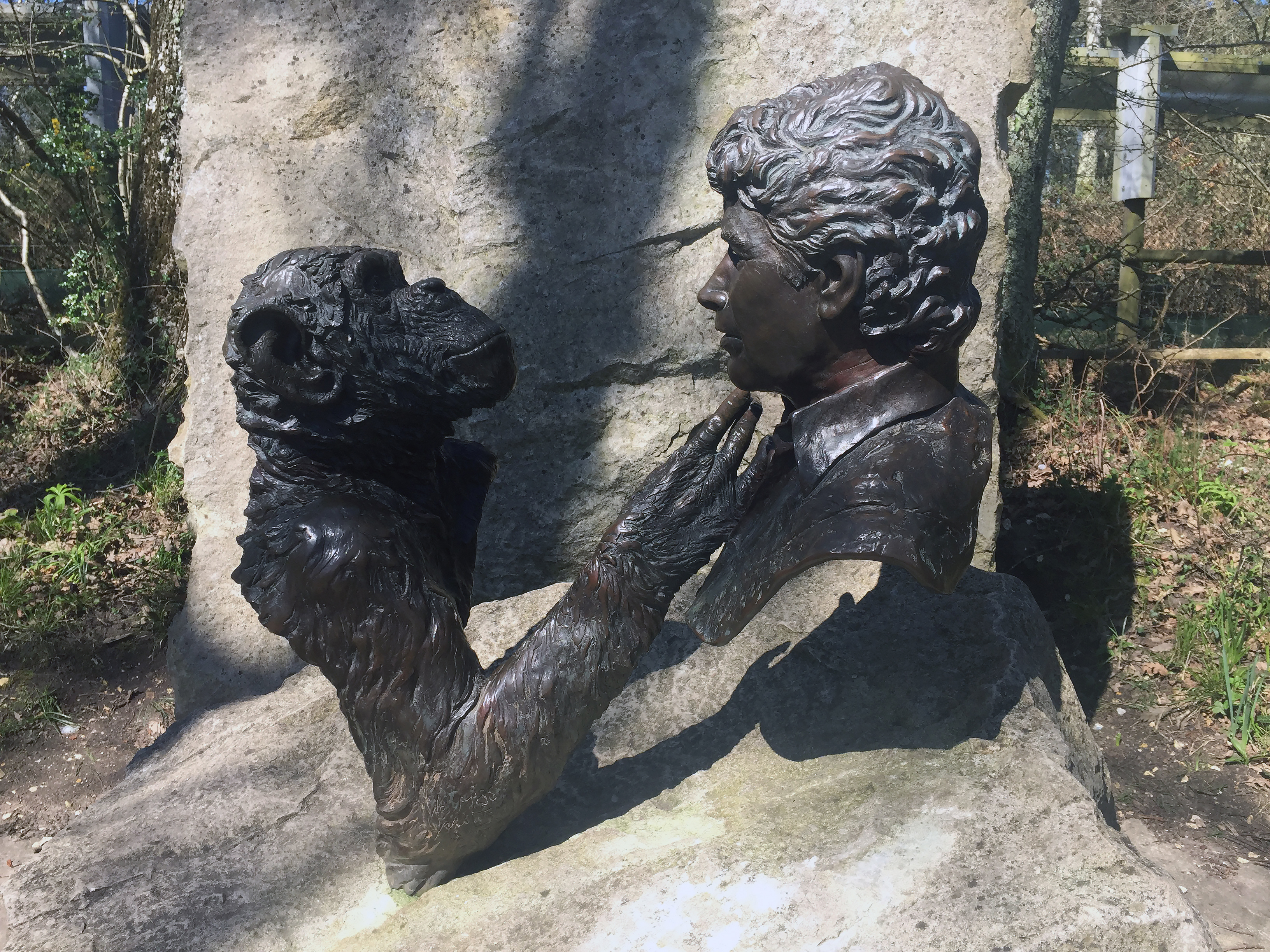
Monkey World founder Jim Cronin, with tank hating Charlie
Back to the Portland Observatory for an evening meal and some liquid refreshment. The following morning we set off early for Manchester, but stopped at RSPB Ham Wall on the way back.
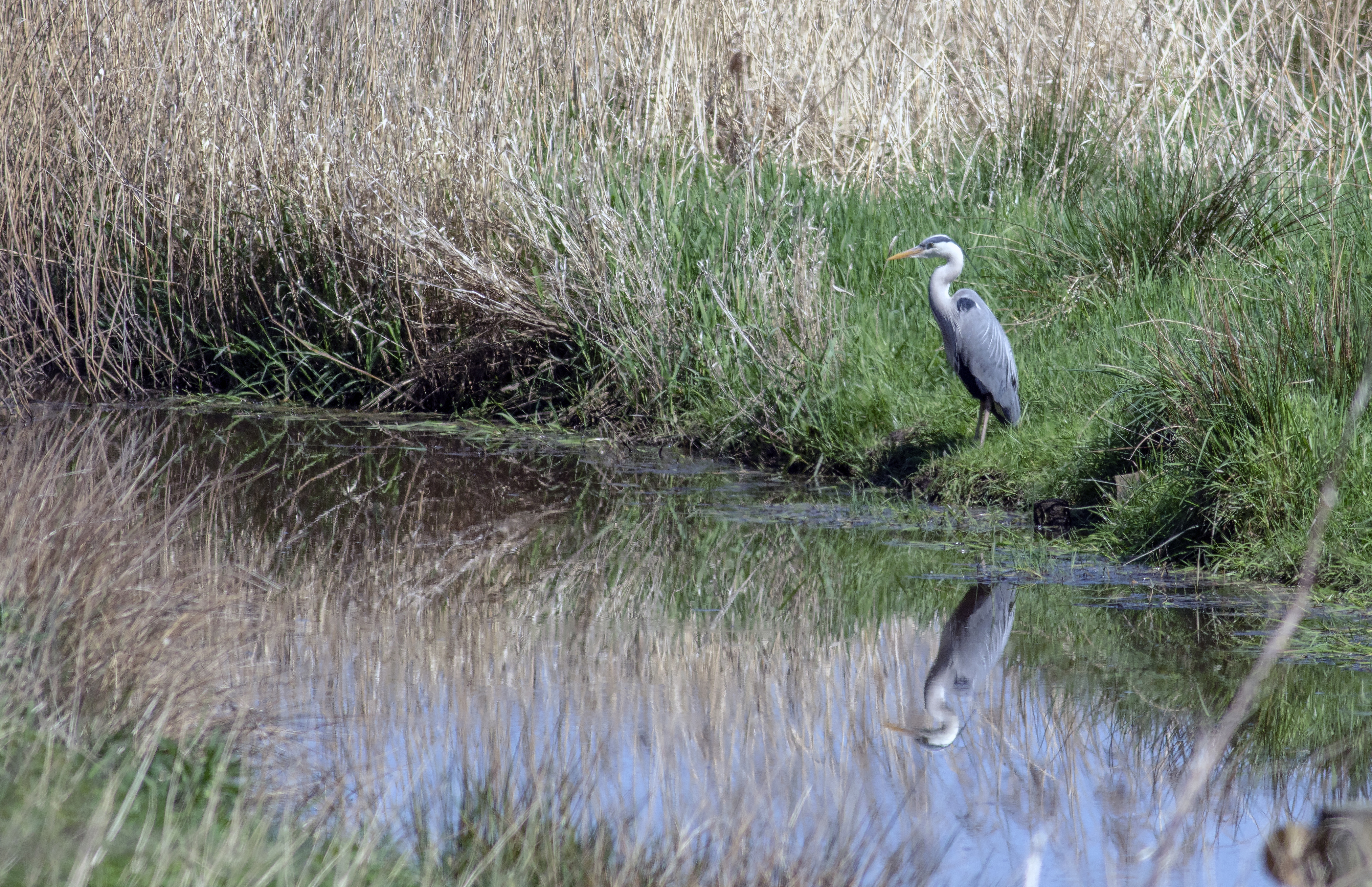
Grey Heron on one of the ditches at Ham Wall
RSPB Ham Wall is a large site with lots of water birds. Hard to find, but the sat nav got us there. They claimed to have 44 bitterns on site the day we were there; we heard several booming and all four of us, independently, saw one flying. Sadly no photos though.
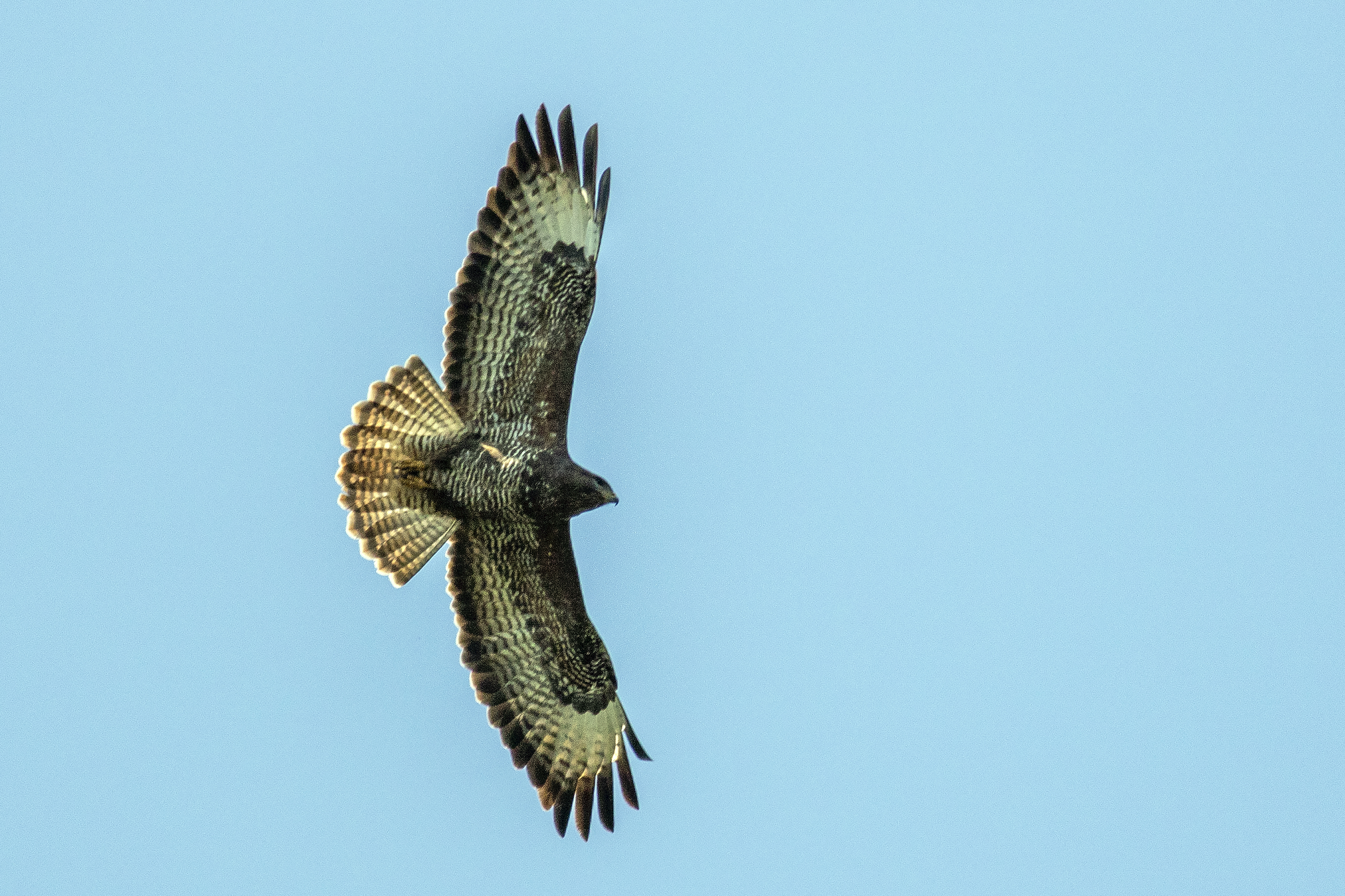
Lots of buzzards around in Haw Wall
Plenty of warblers on the reed beds, including some very noisy Cettis. Personally, I think Cettis are invisible; anyway I didn’t see any myself, but one of our party says she did. There were certainly plenty of spring woodland birds arriving and singing.
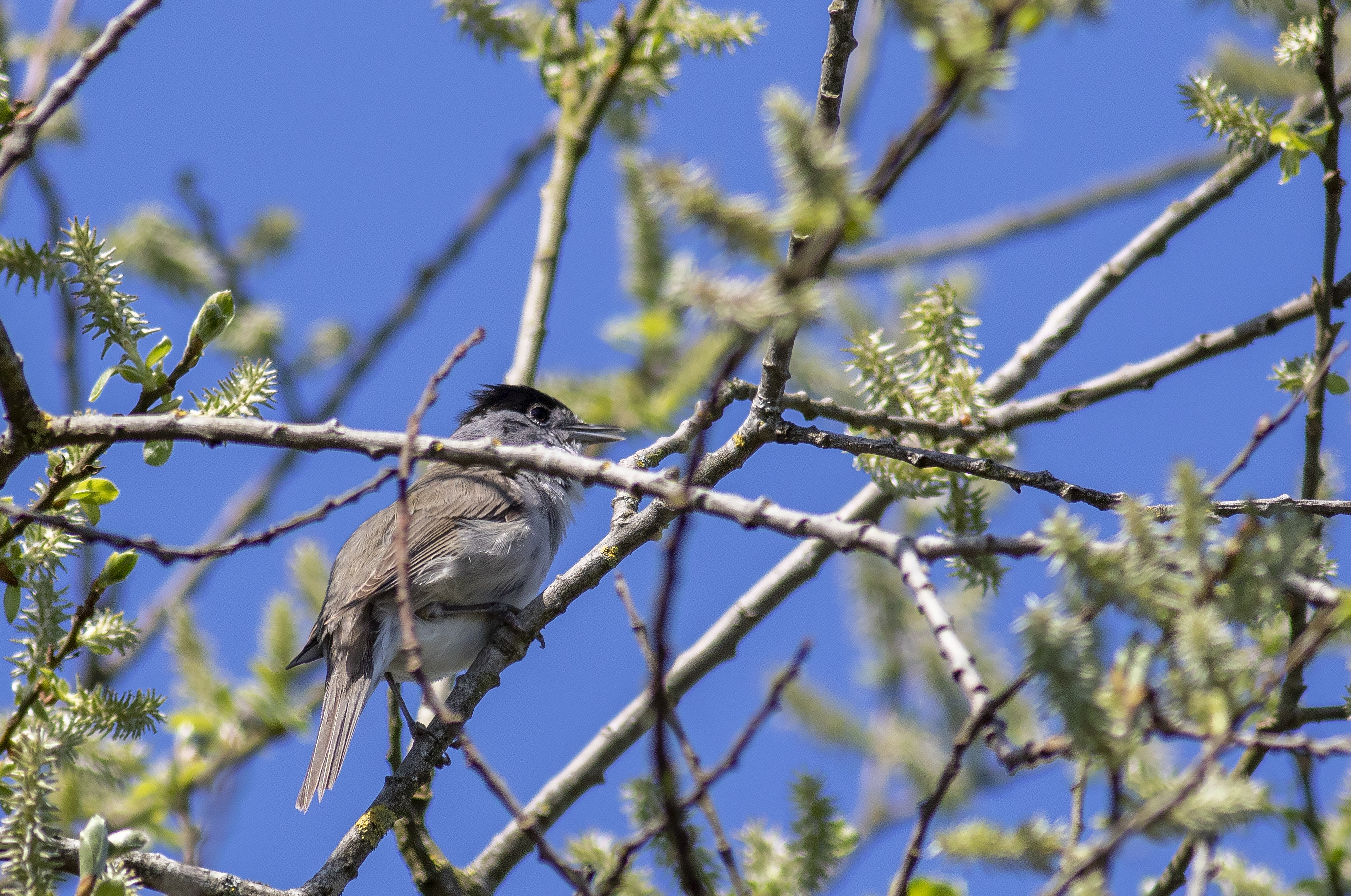
A recently arrived [male] blackcap at Ham Wall
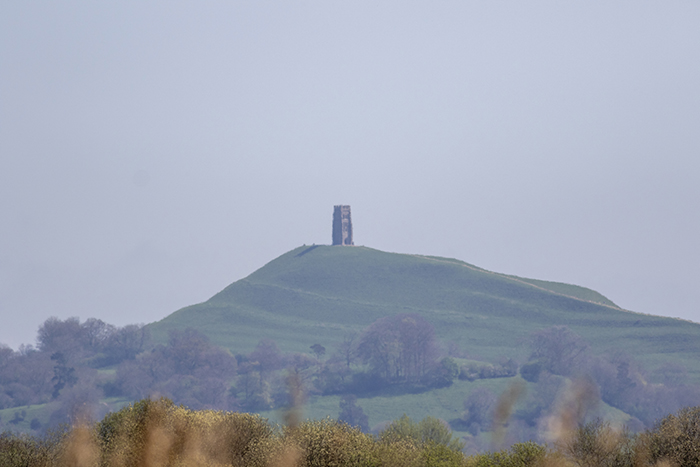
The tower of C14th St Michaels church on Glastonbury Tor.
Right next to RSPB Ham Wall is the Shapwick Heath Reserve. We didn’t have time to explore the site much but I did walk around a delightful adventure trail, a circuit of a mile or so through forest and marshland surfaced with recycled plastic planks. Highly recommended.
And then back to Manchester. The southwest of England is very definitely an ace place for birding and wildlife in general, and we have already decided to go back next year. Our plan is to stay again in the observatory and make day trips to other reserves in the general area. Watch this space.
